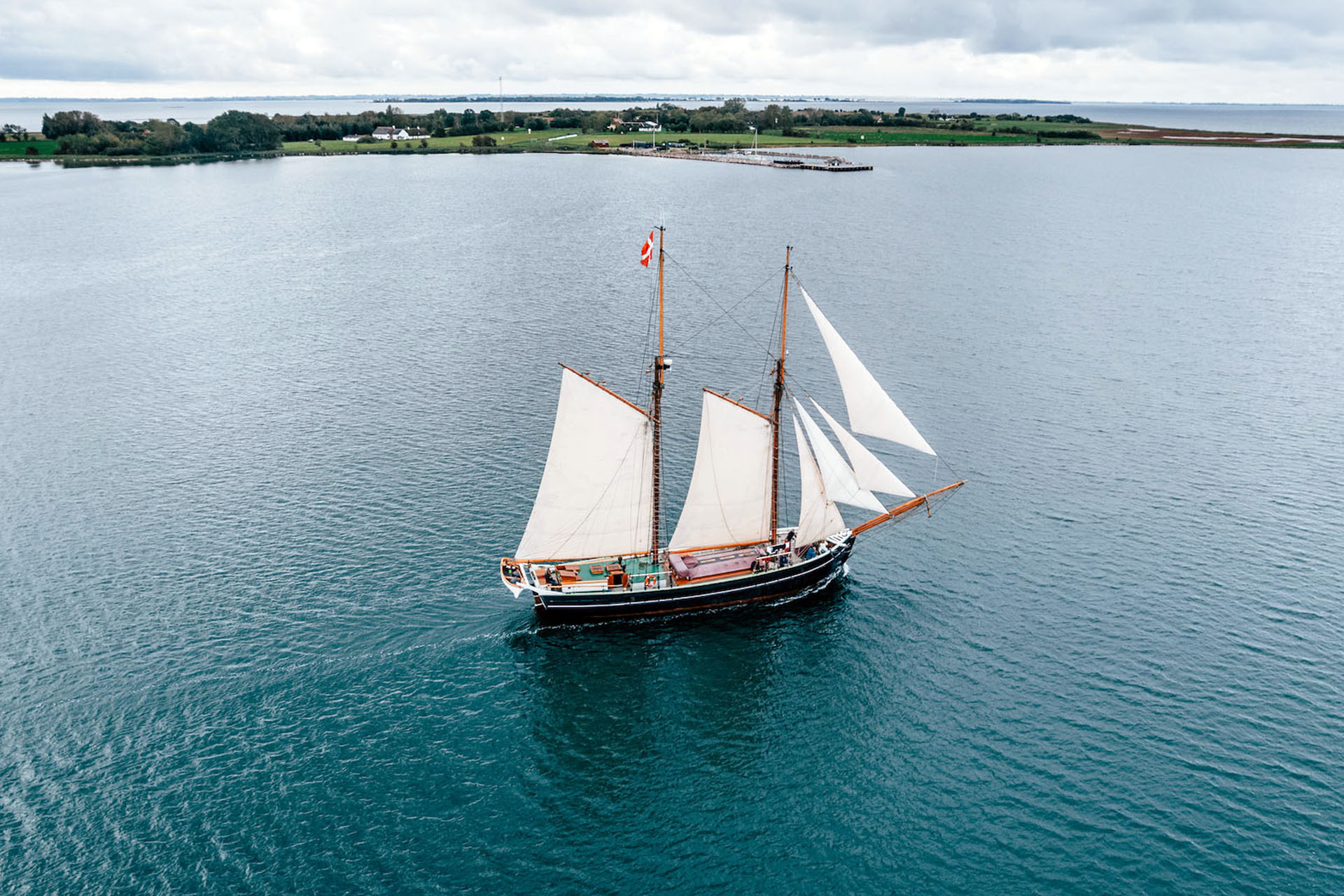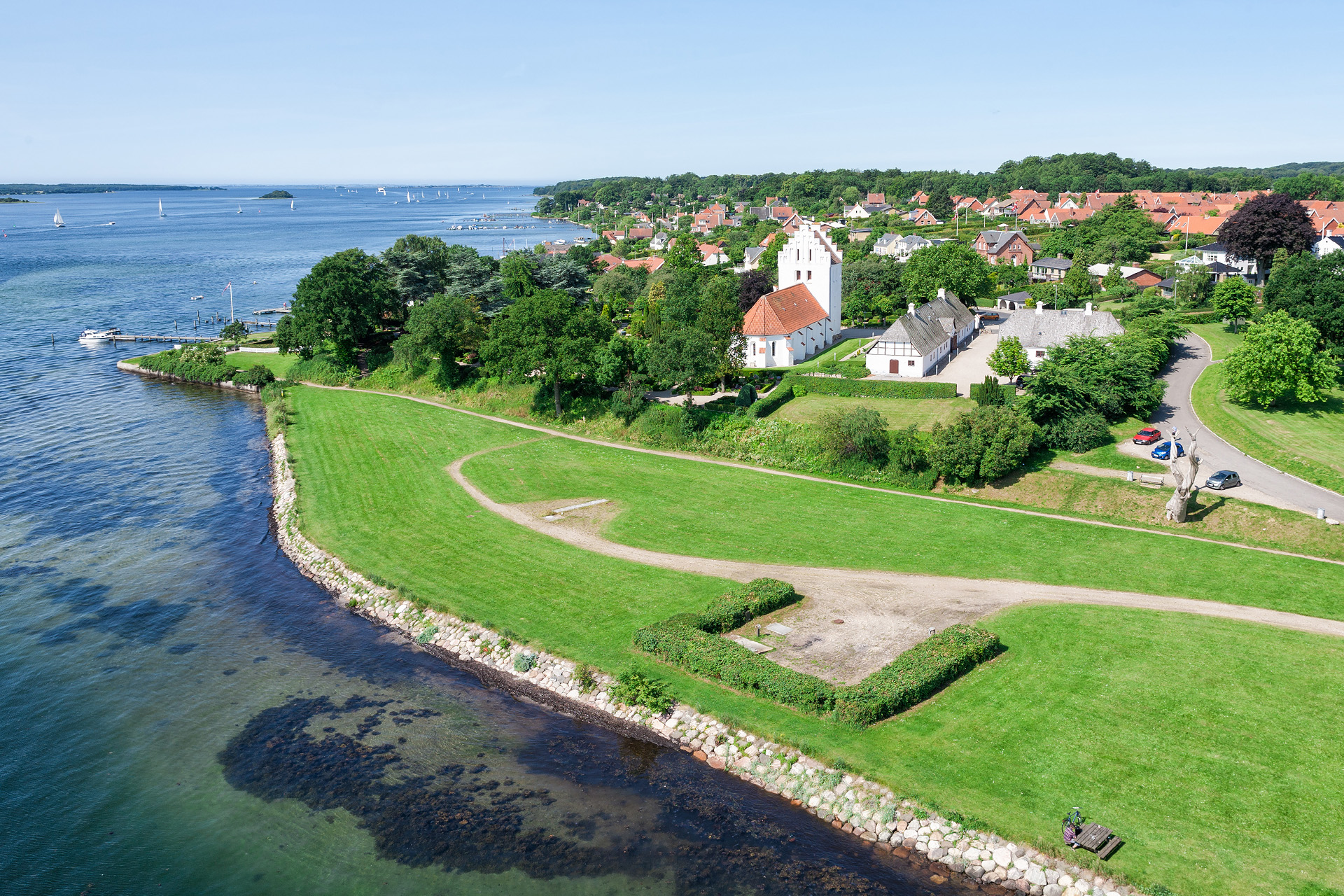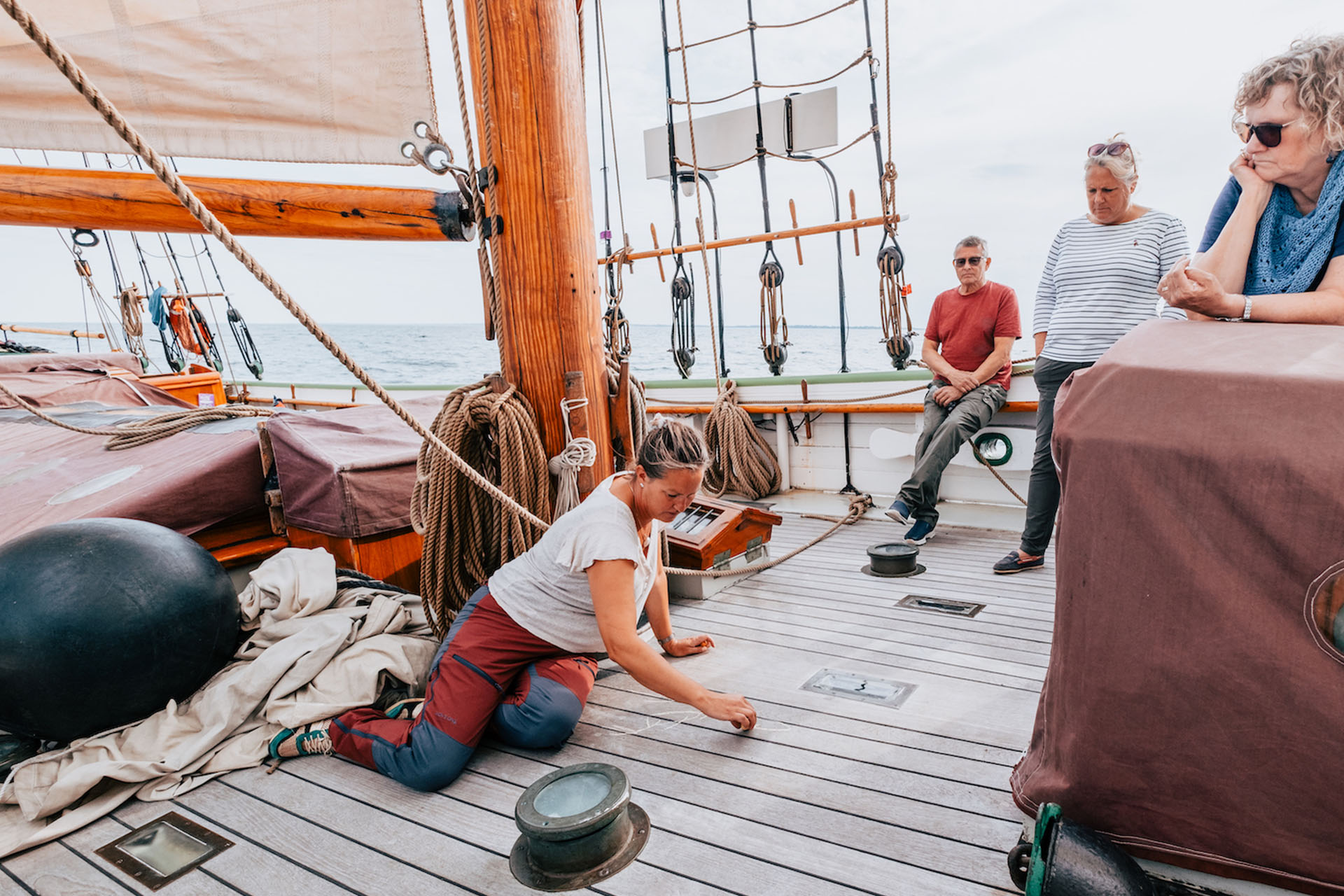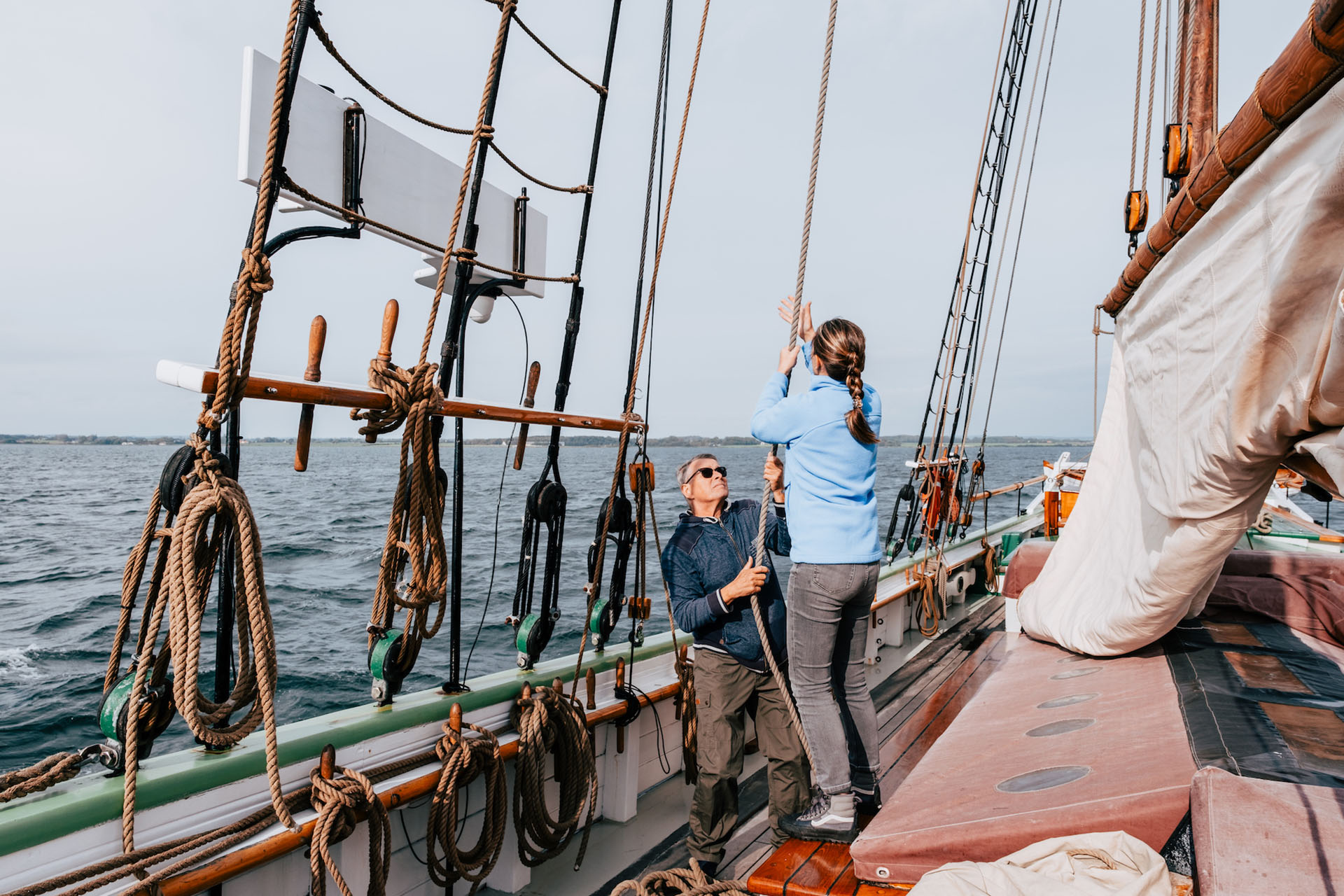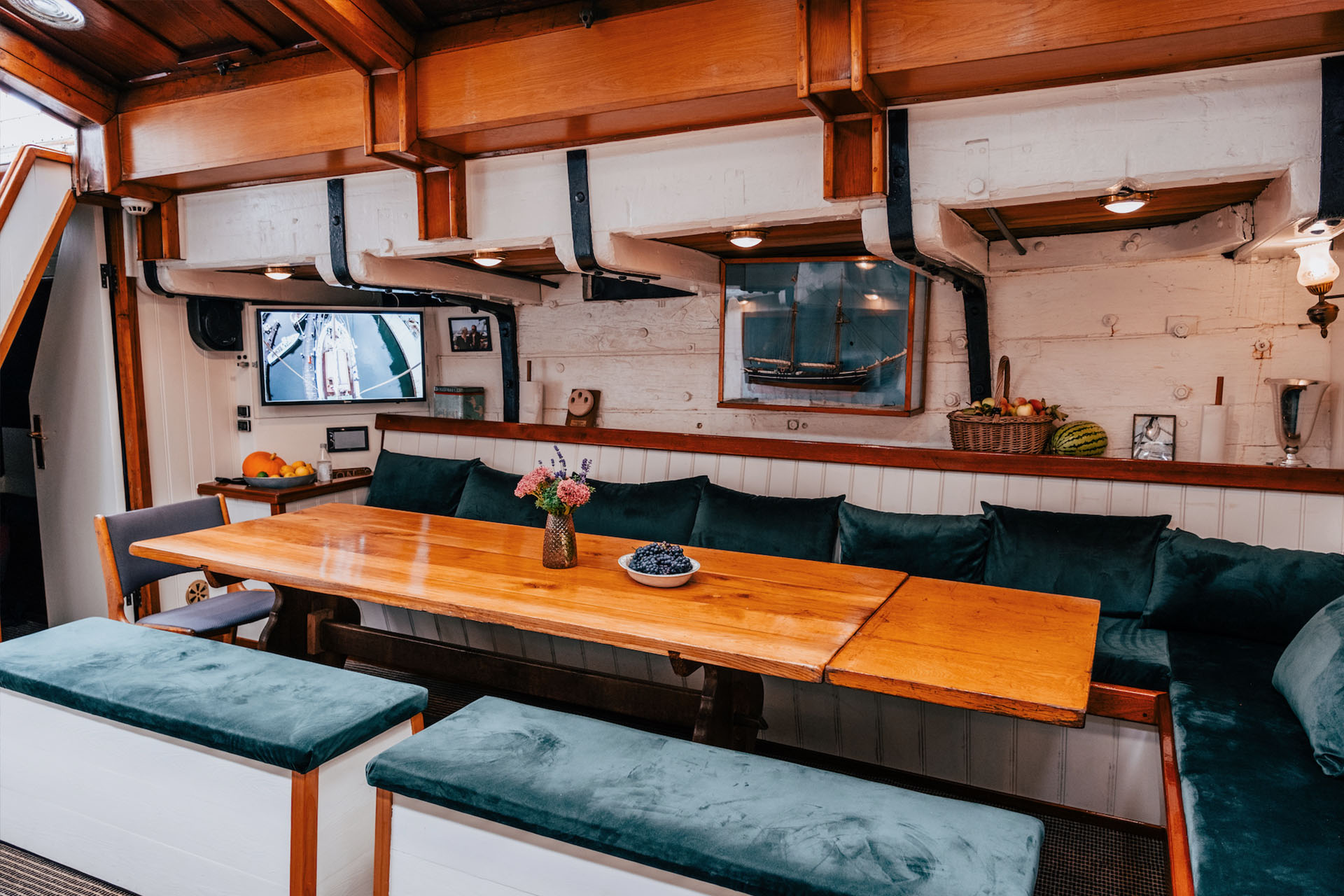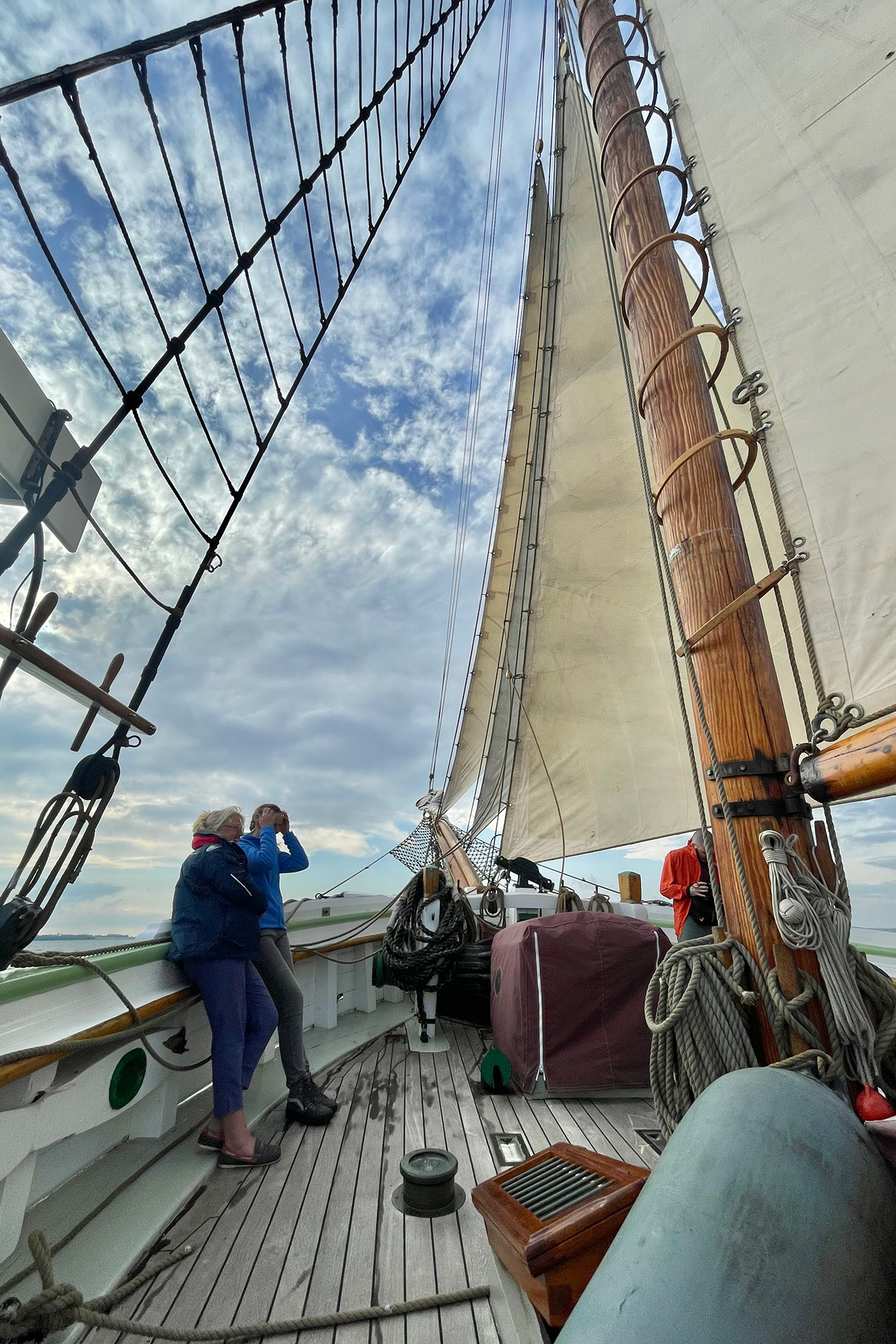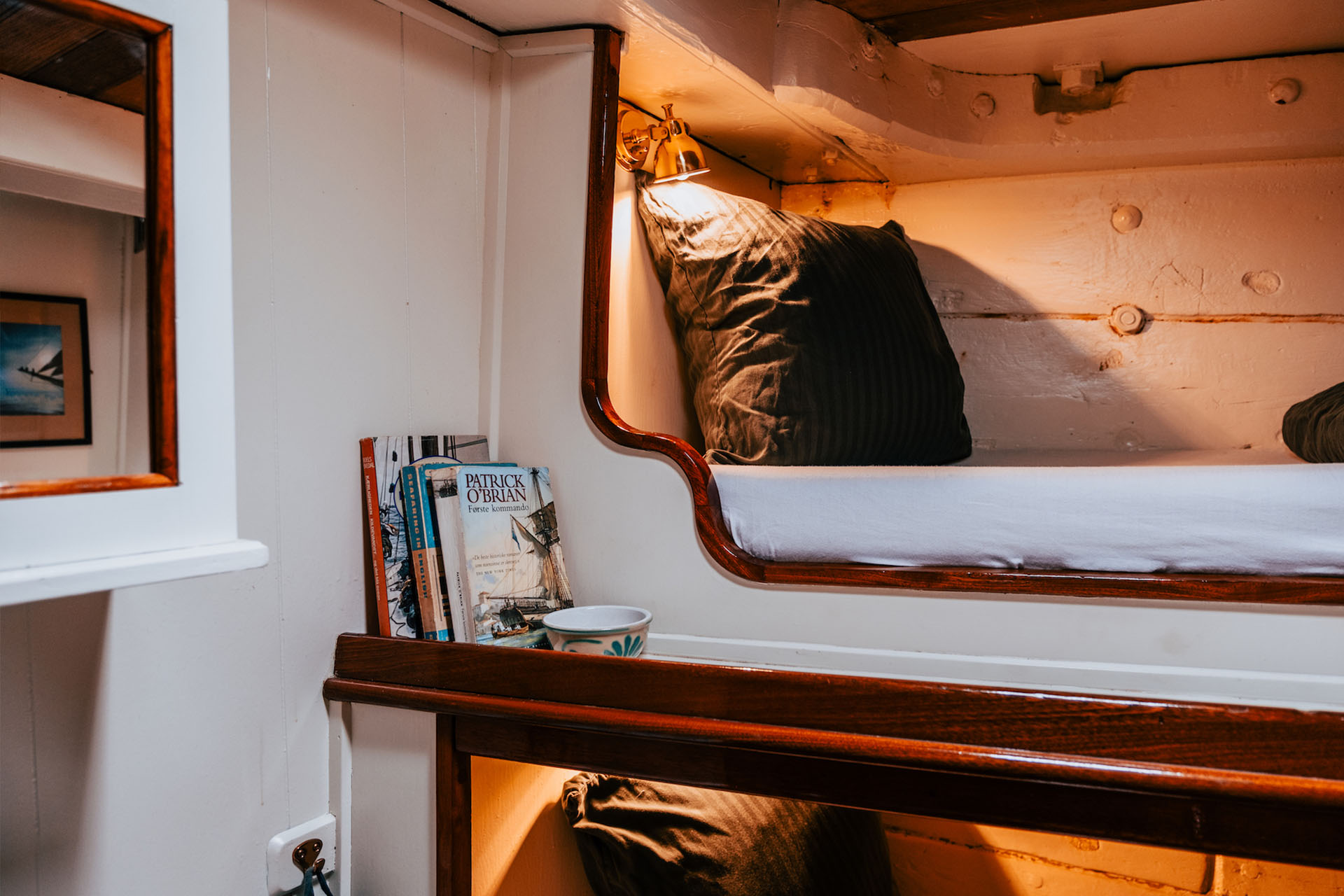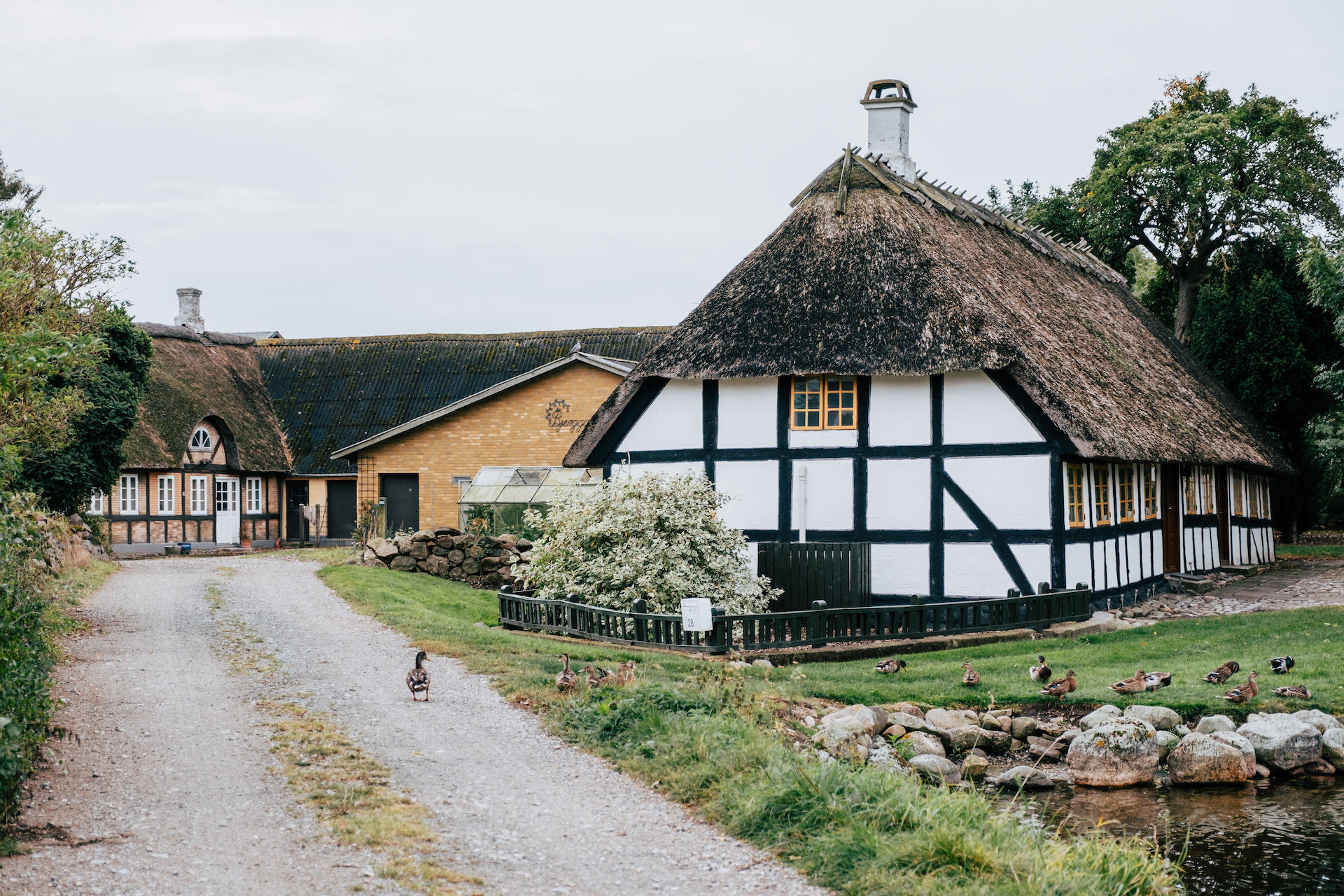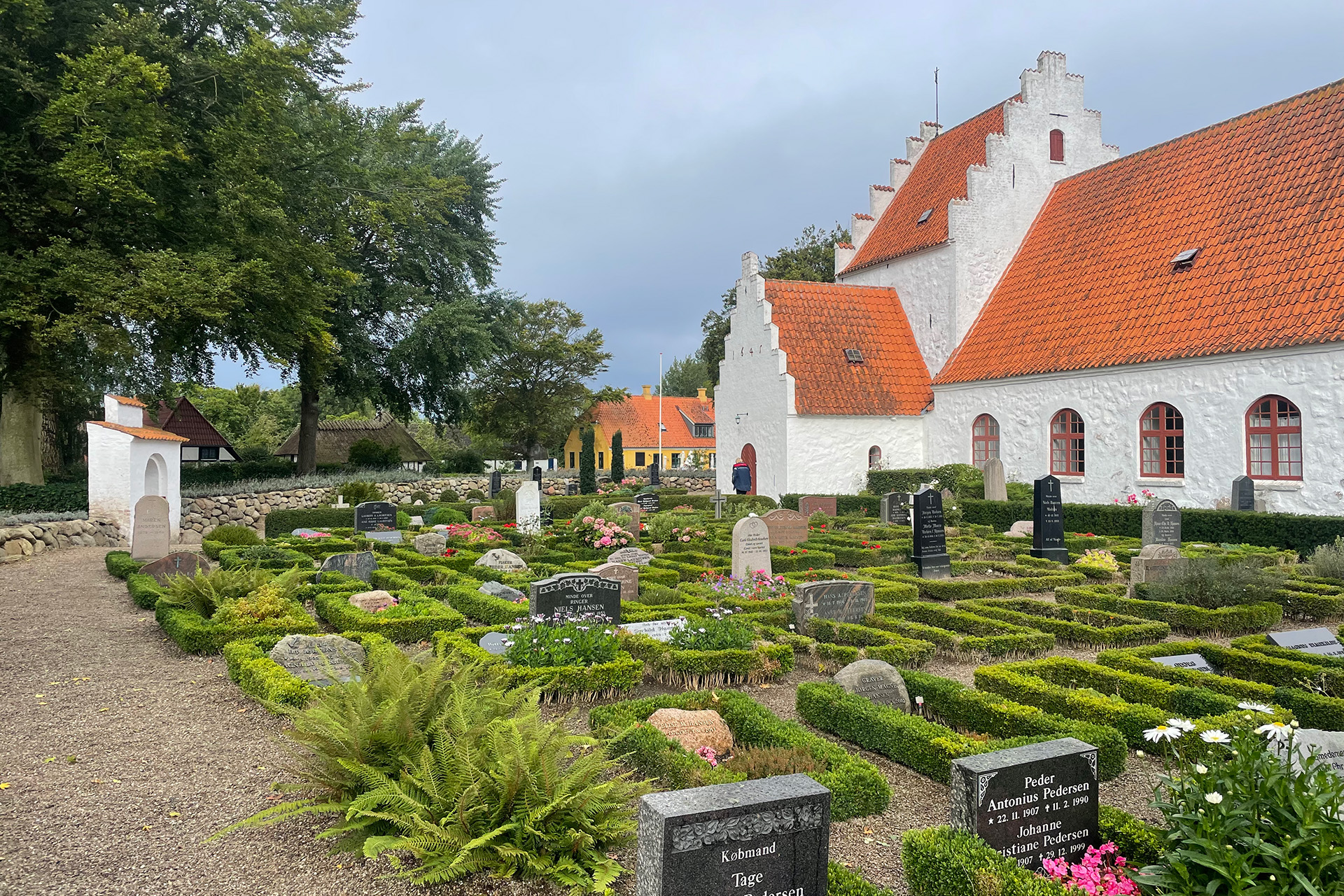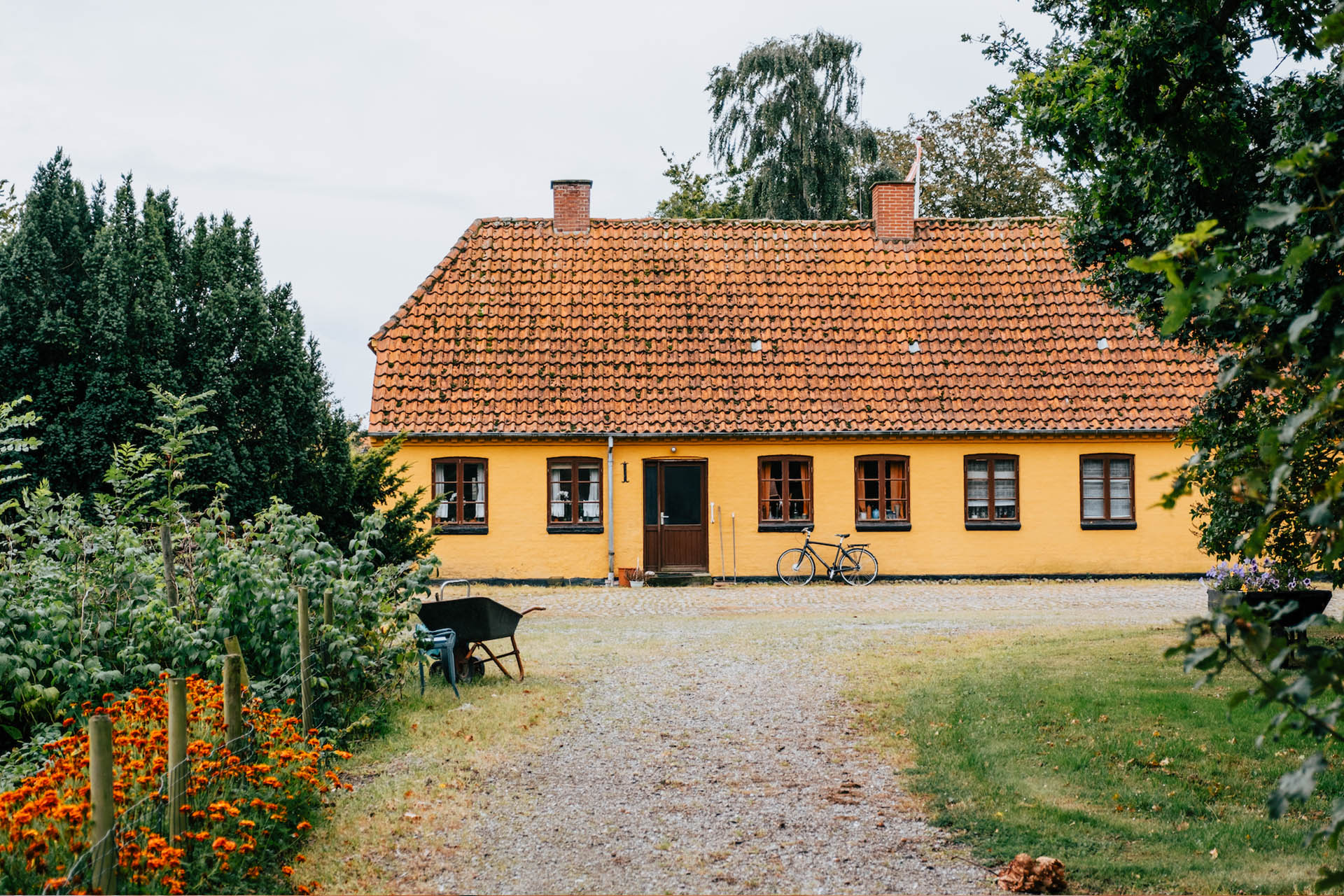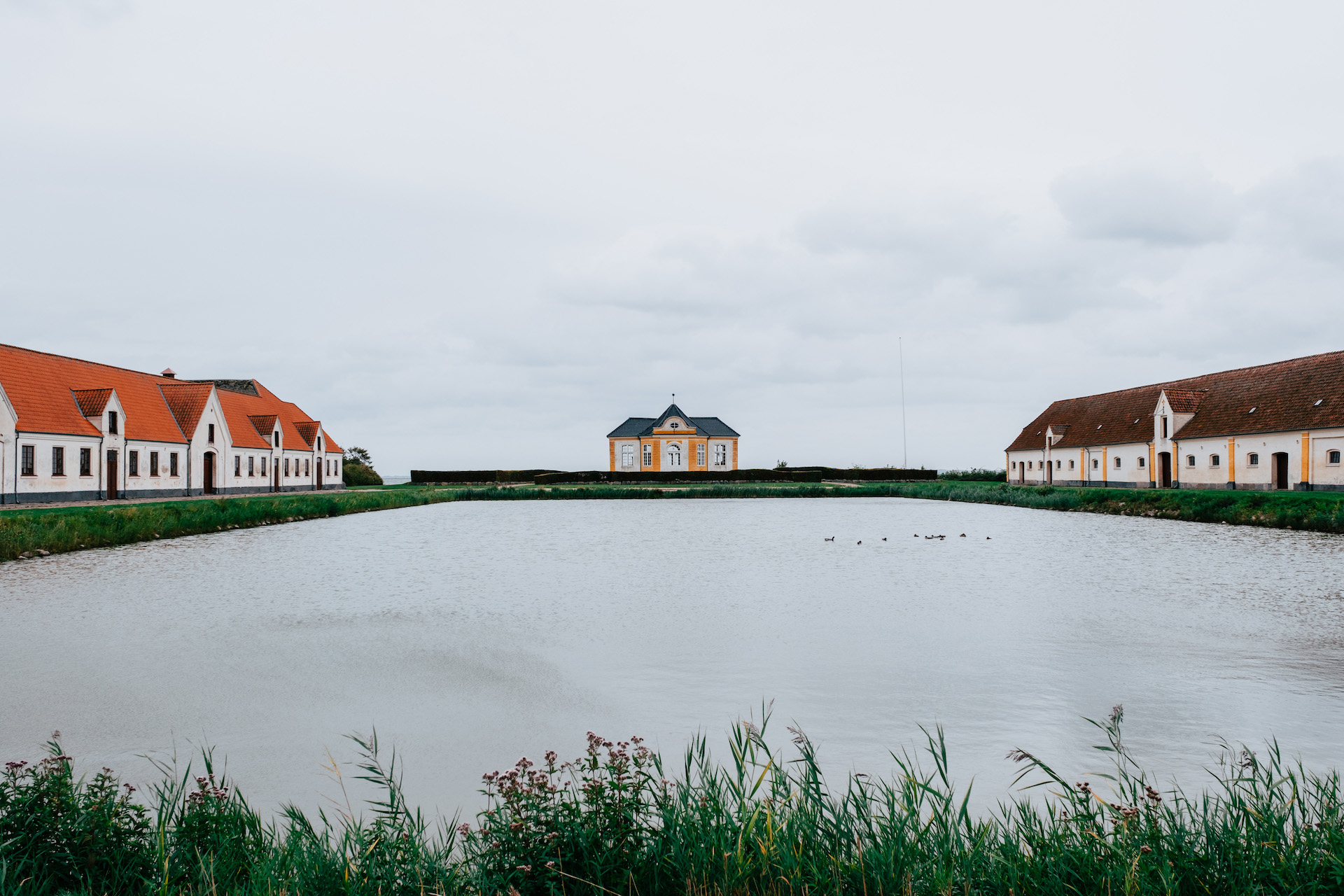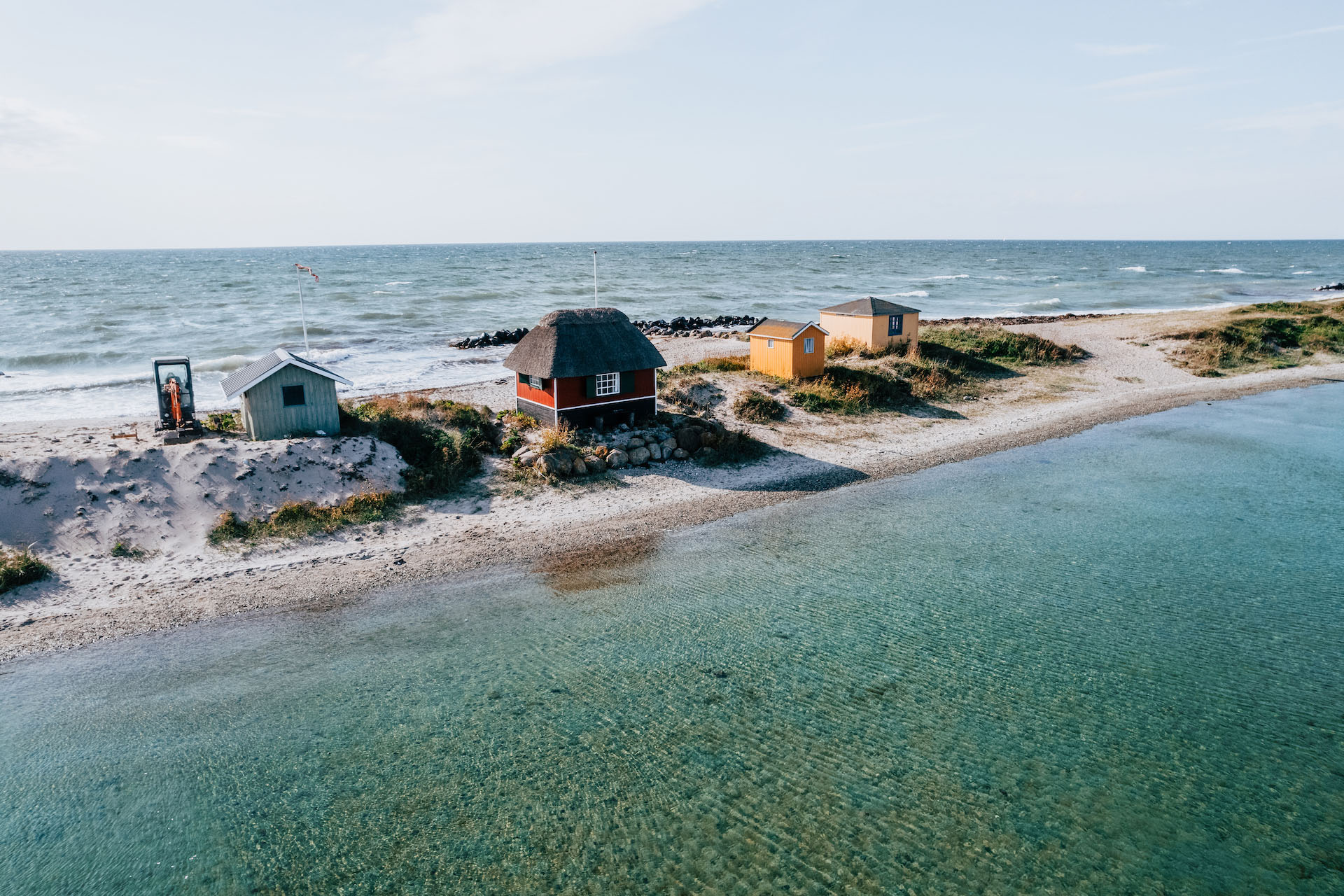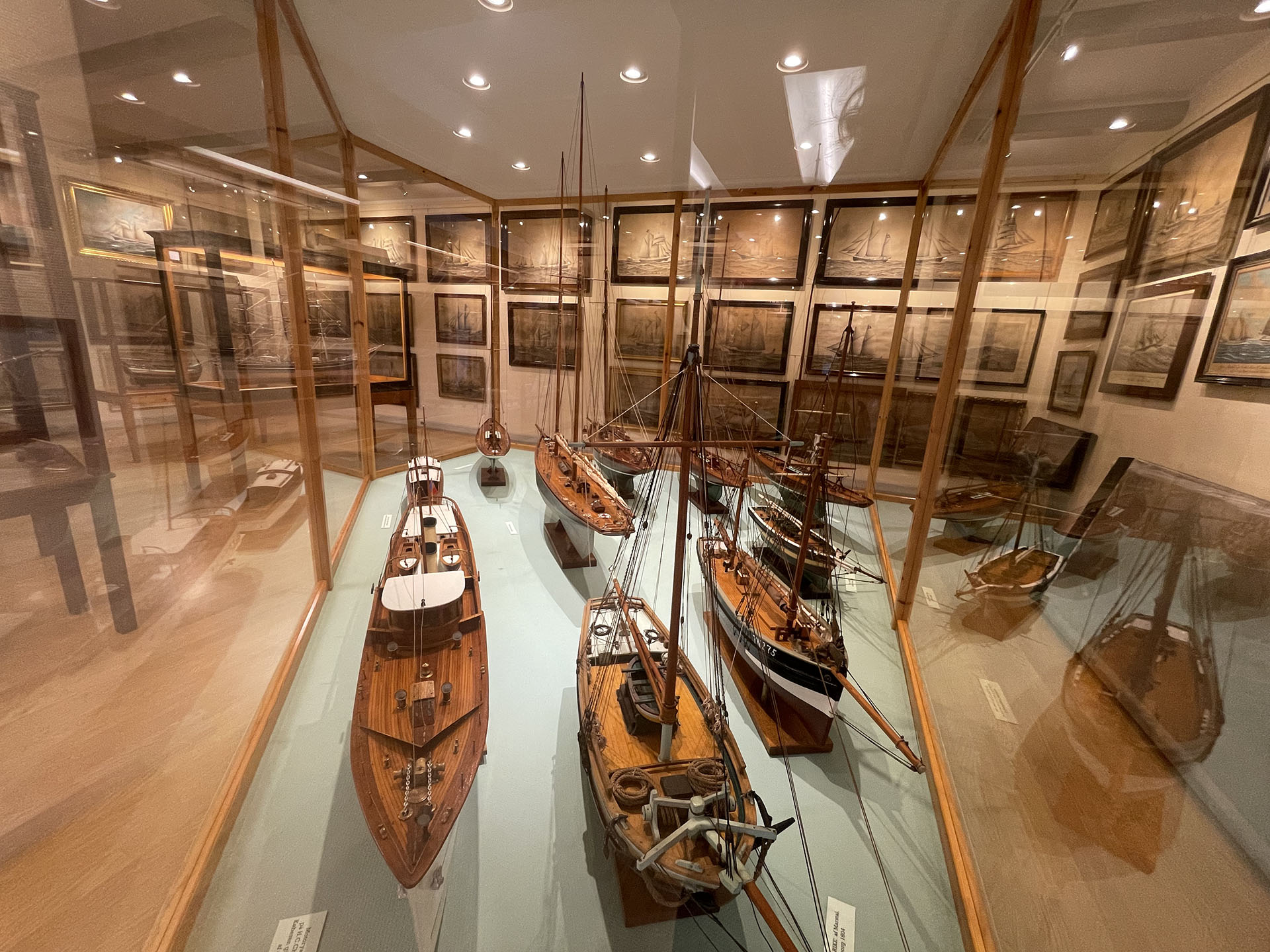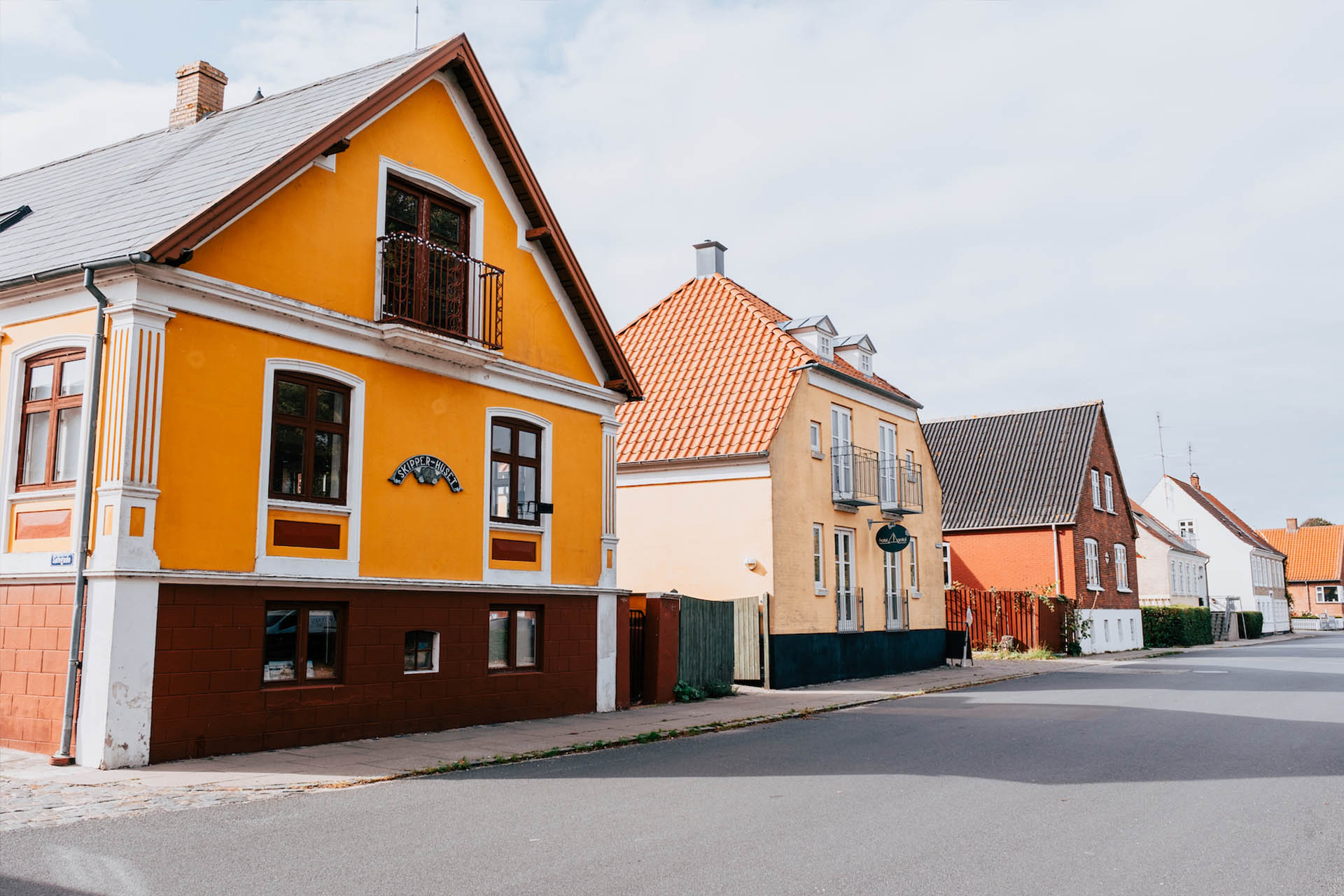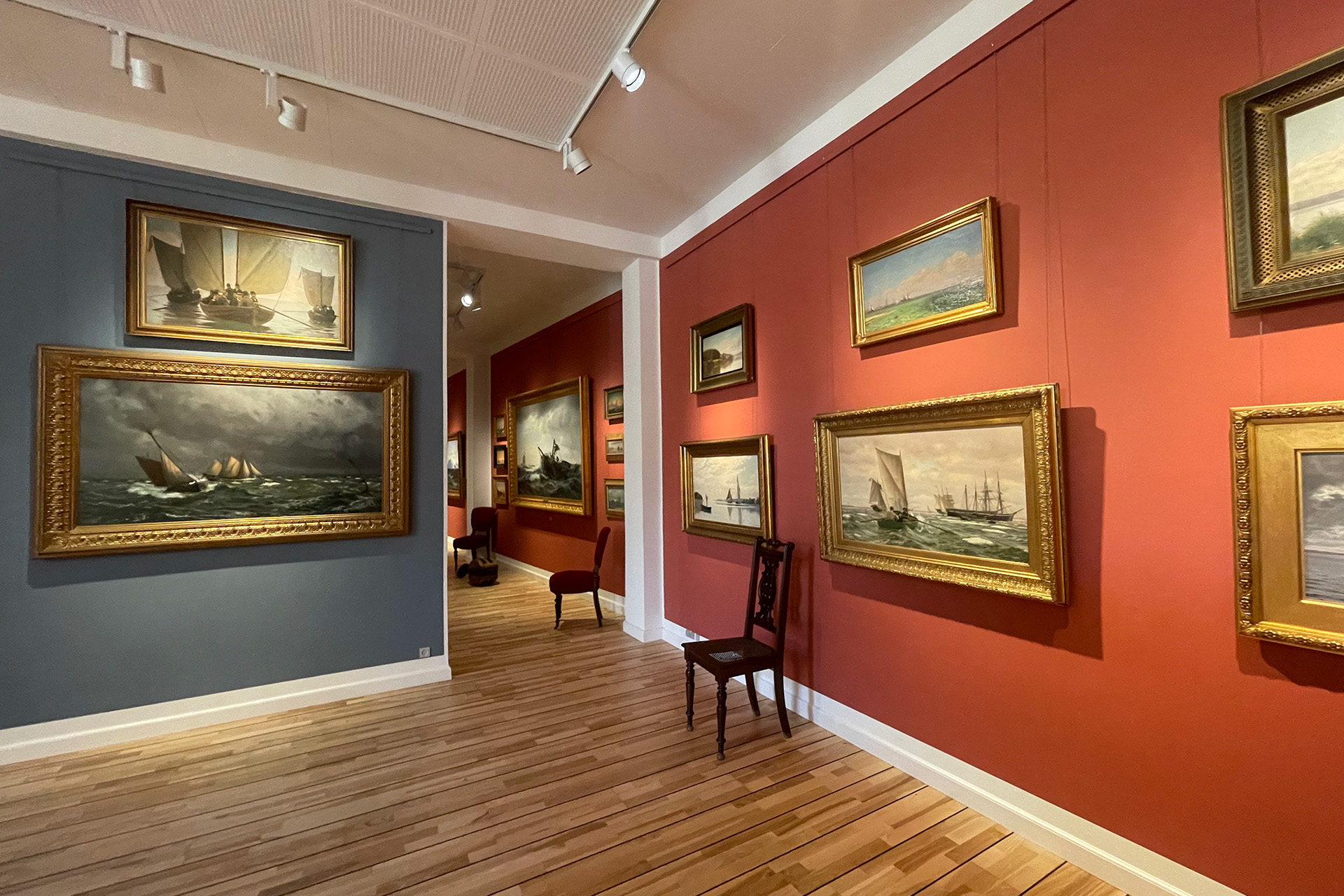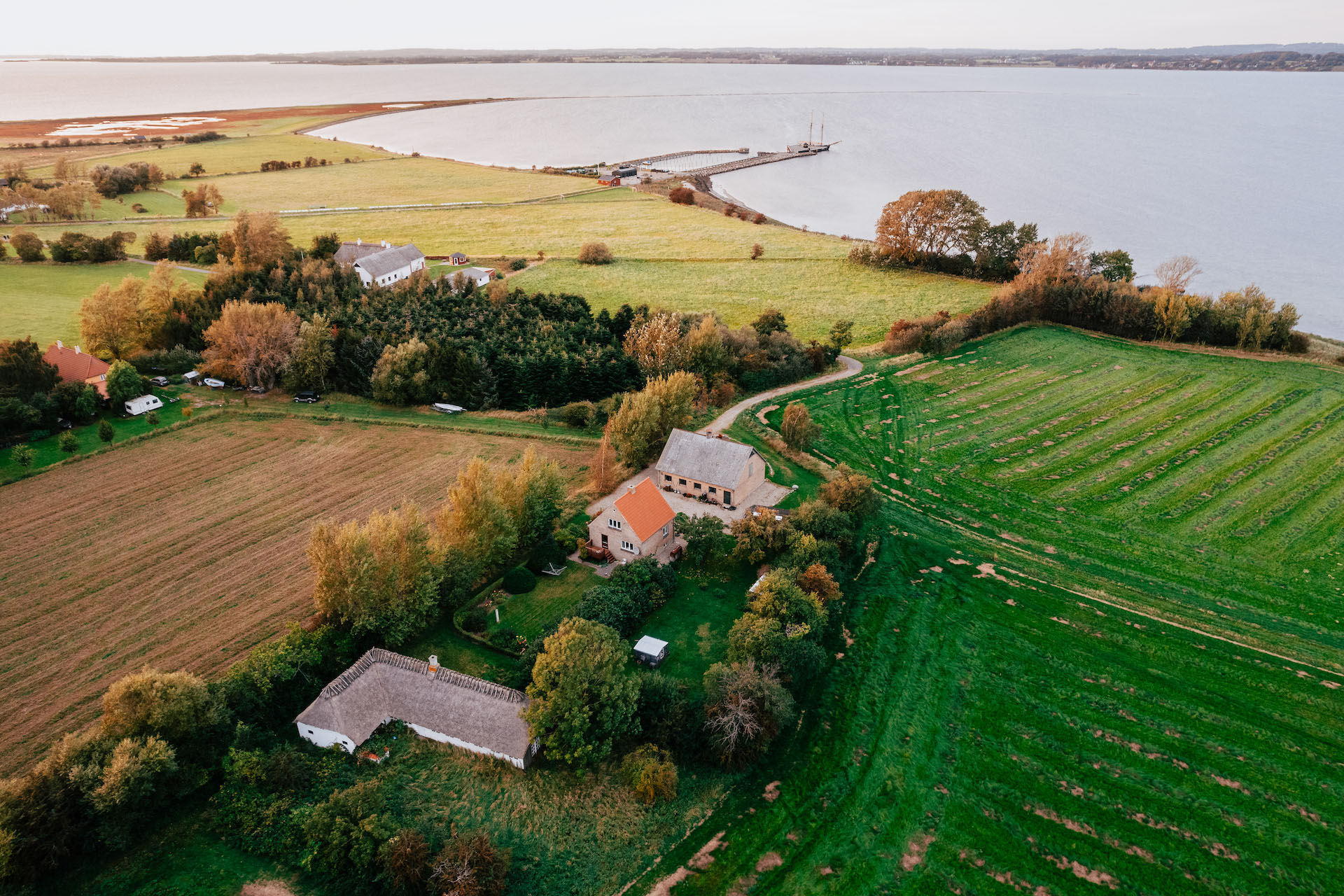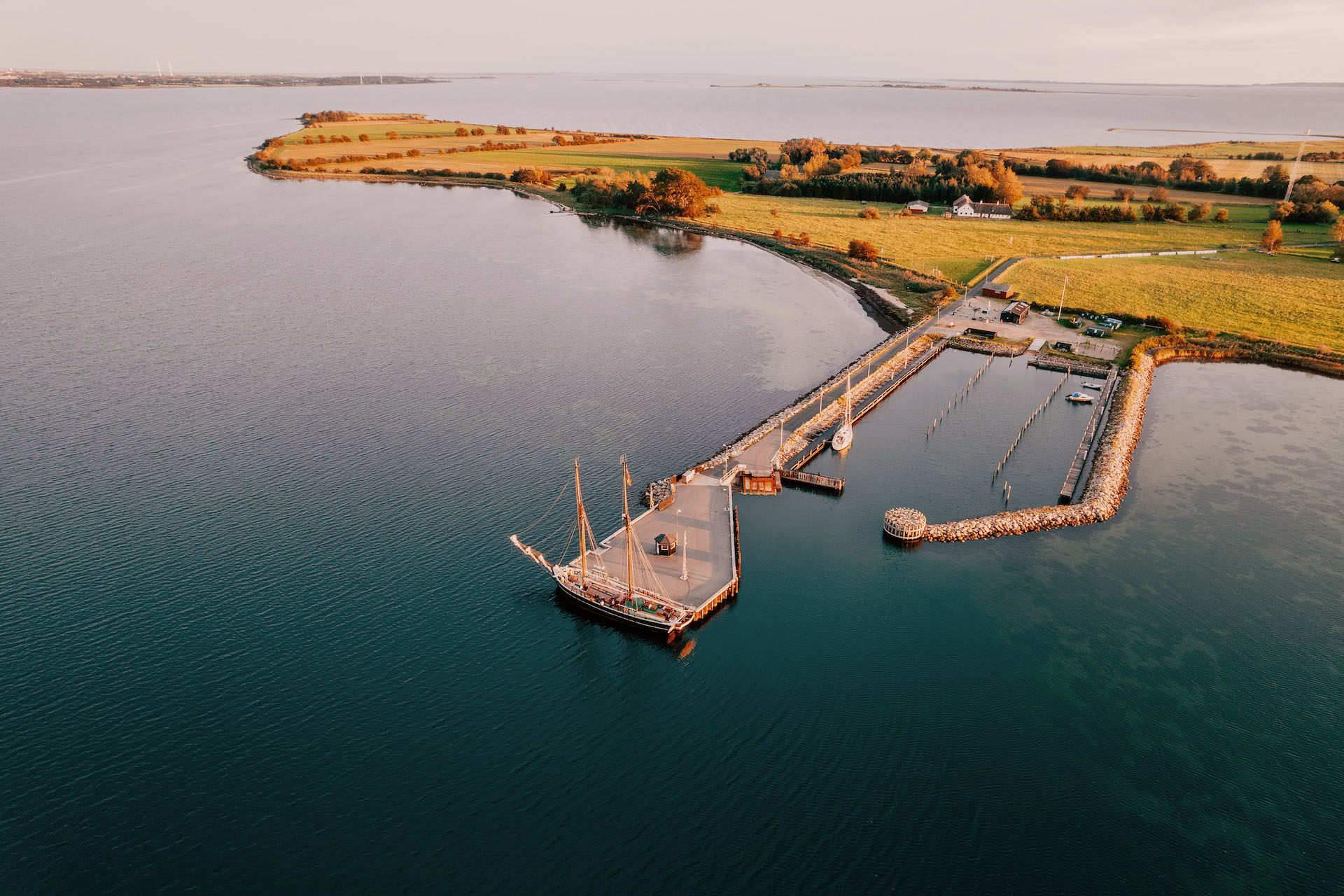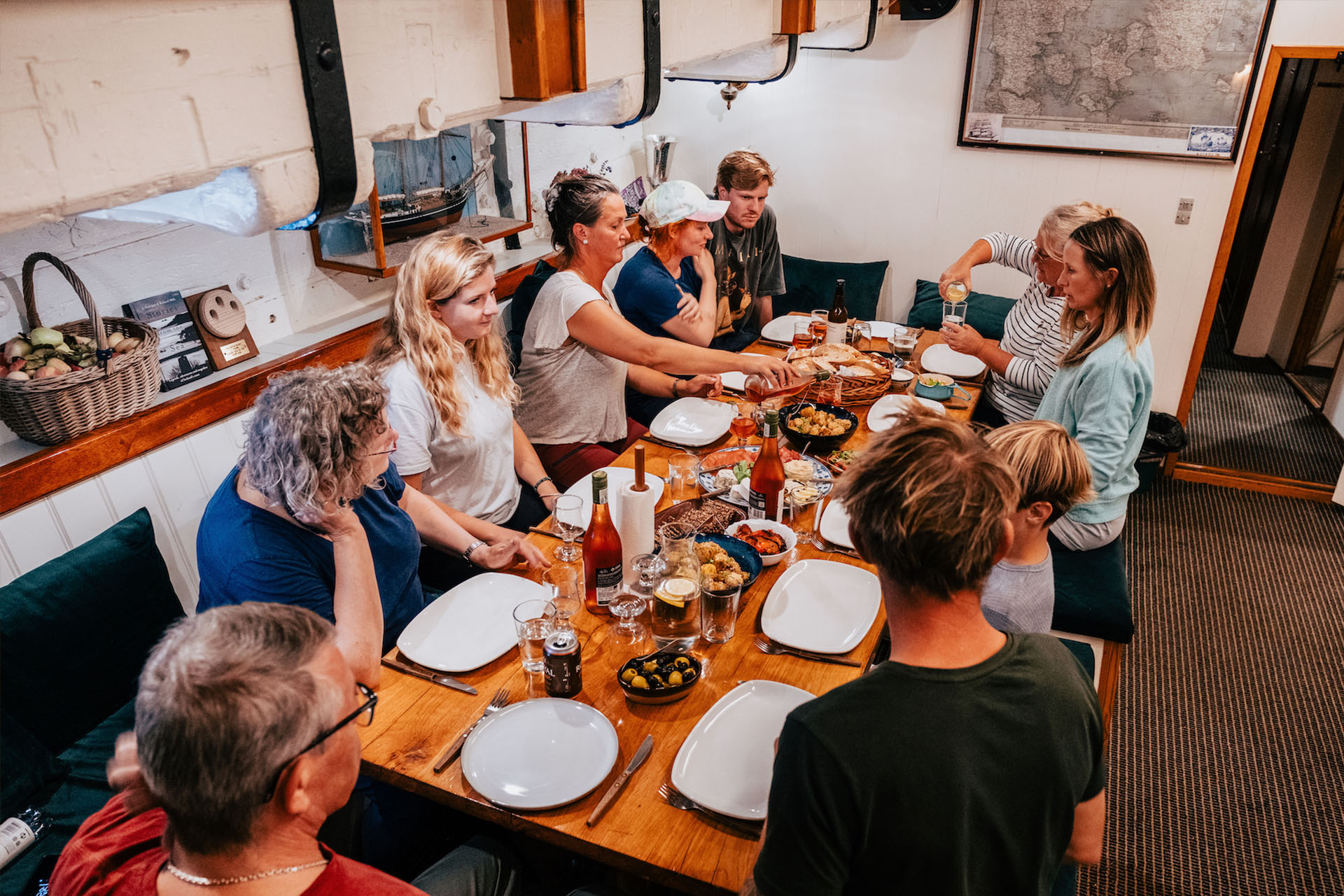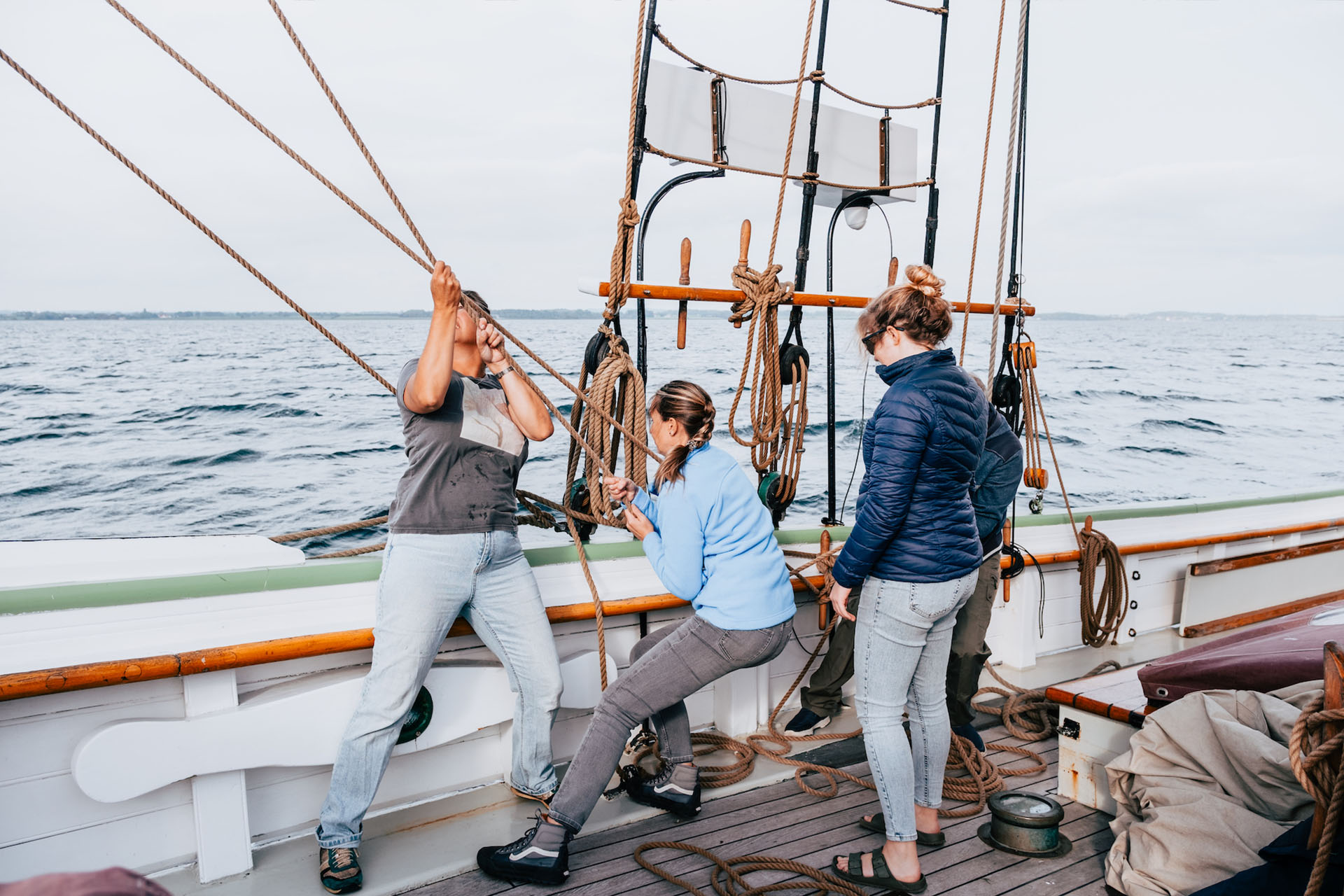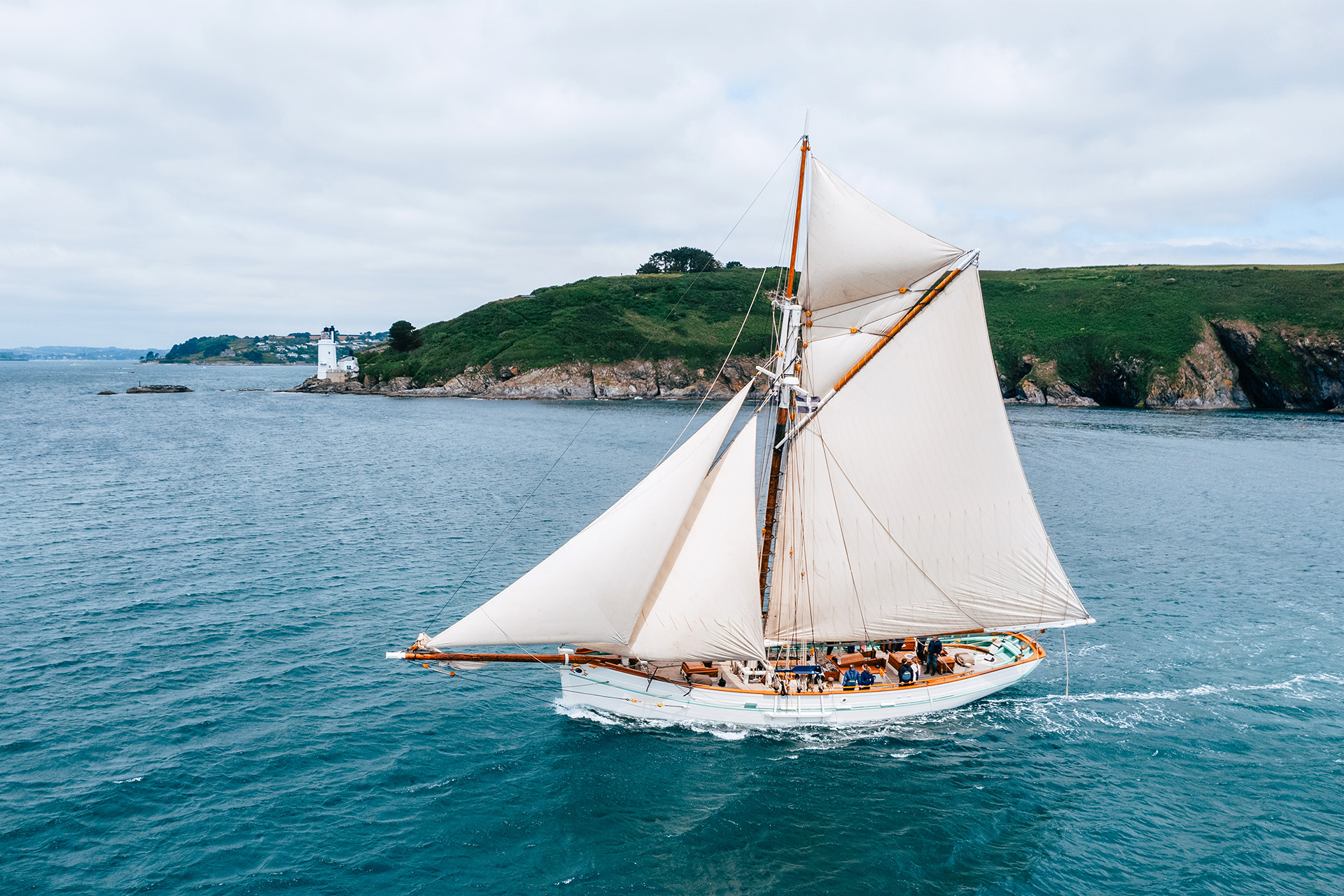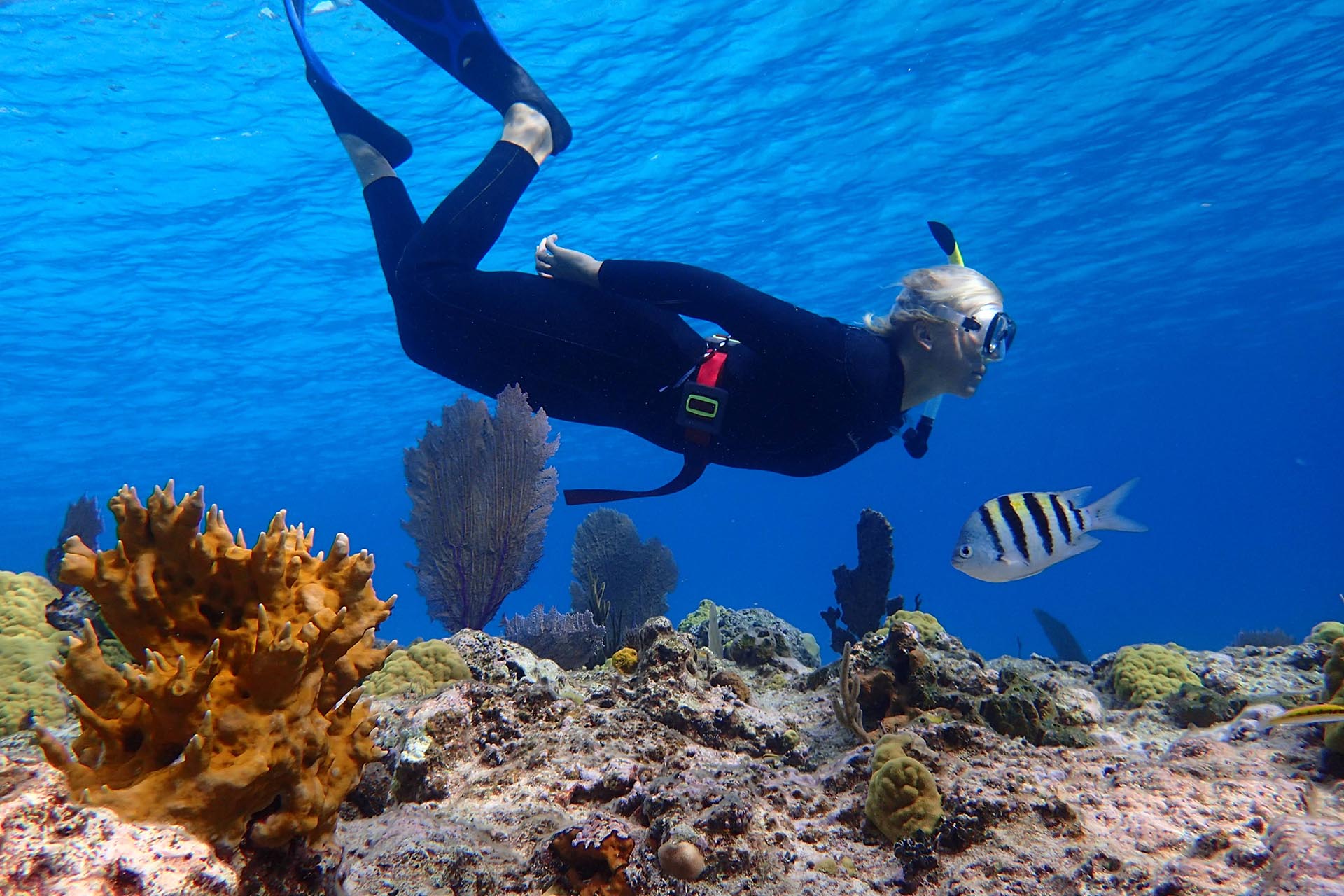
From parrots and flamingos to dolphins, sea turtles, and the famous swimming pigs, the Bahamas boasts an incredible array of wildlife. In the heart of the North Atlantic, this archipelago of over 600 coral islands and 2,400 cays has just 30 islands inhabited by humans. The stunning scenery, crystal-clear waters, and diverse marine life make it the ultimate destination for a wildlife sailing holiday. In this Bahamas wildlife guide, we’ll delve into the most exciting animal encounters in this region, from rare tropical birds to the iconic swimming Pigs.
The Exuma Cays Land and Sea Park
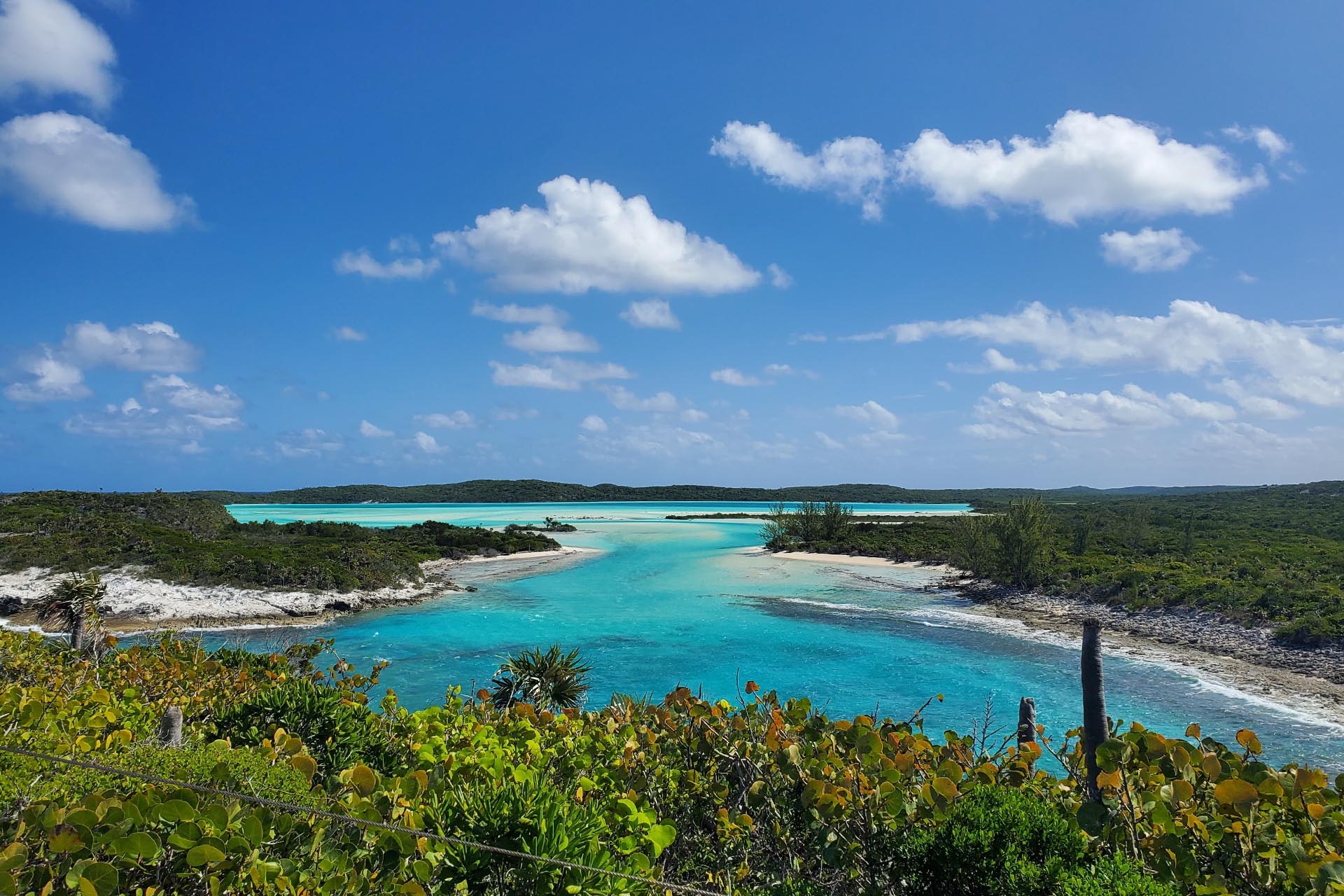
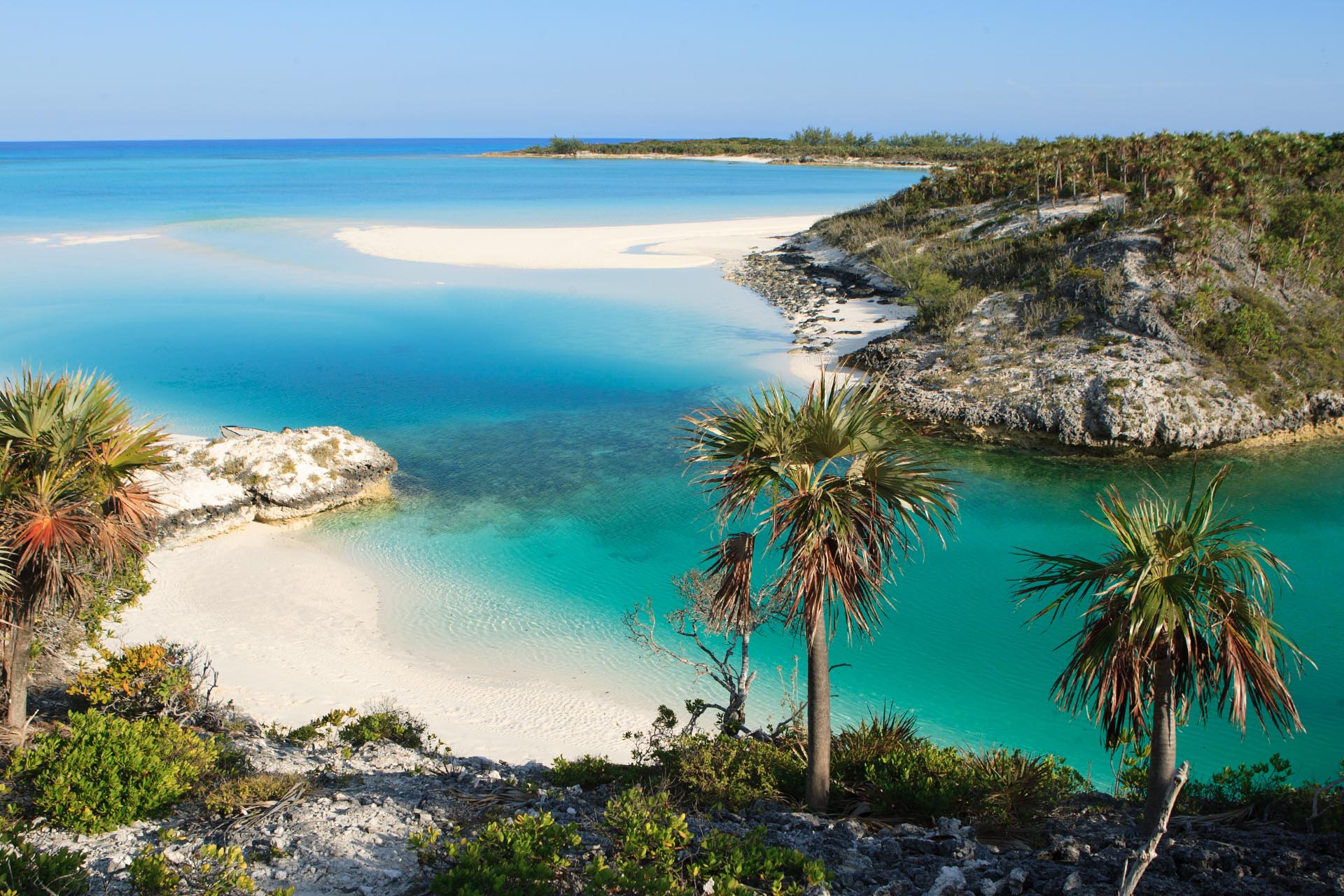
Perhaps the best place to spot Bahamas wildlife is the Exumas. An island chain within the Bahamas, the Exumas is home to one of the world’s largest marine parks. The underwater landscapes of the Exuma Cays Land and Sea Park are a treasure trove of marine biodiversity. Visitors can immerse themselves in the mesmerizing beauty of coral reefs, mangroves, and seagrasses. On our Bahamas sailing holidays, traditional schooner Bonnie Lynn is a regular visitor to the park, and is happy to give guests all the top tips to make the most of their visit.
Bahamas Marine Wildlife
Dolphins, whales and turtles abound
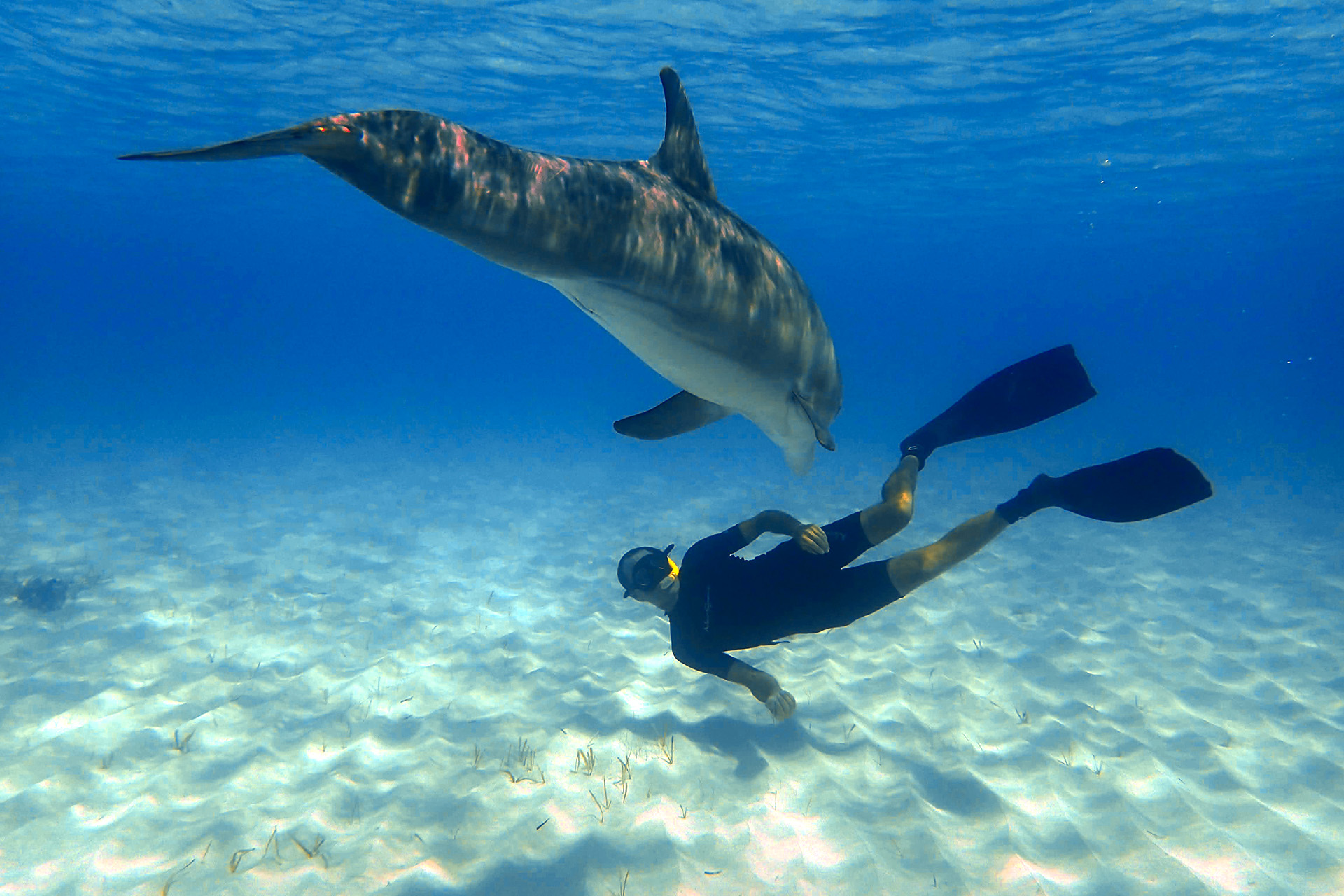
The waters between the Exumas and Andros are home to a variety of dolphins, including bottlenose and common dolphins, and porpoises. Sailing through these waters provides a high likelihood of encountering these playful marine inhabitants. Our guests on board Bonnie Lynn have even had some up close encounters with dolphins whilst snorkelling – truly a once in a lifetime experience! The migration seasons in autumn and spring bring the majestic humpback whales to the waters off the coast of the Bahamas. While a rare sight, spending a week on board a traditional sailing boat undoubtedly has the best chances of spotting whales in the Bahamas. Sea turtles are also a common sight in the Bahamas. On the island of Eleuthera, Winding Bay’s mangrove-lined creeks provide a calm refuge for sea turtles of different ages. Adventurous kayakers can float close enough to touch these gentle creatures during high tide.
Pristine coral reefs and tropical wonders
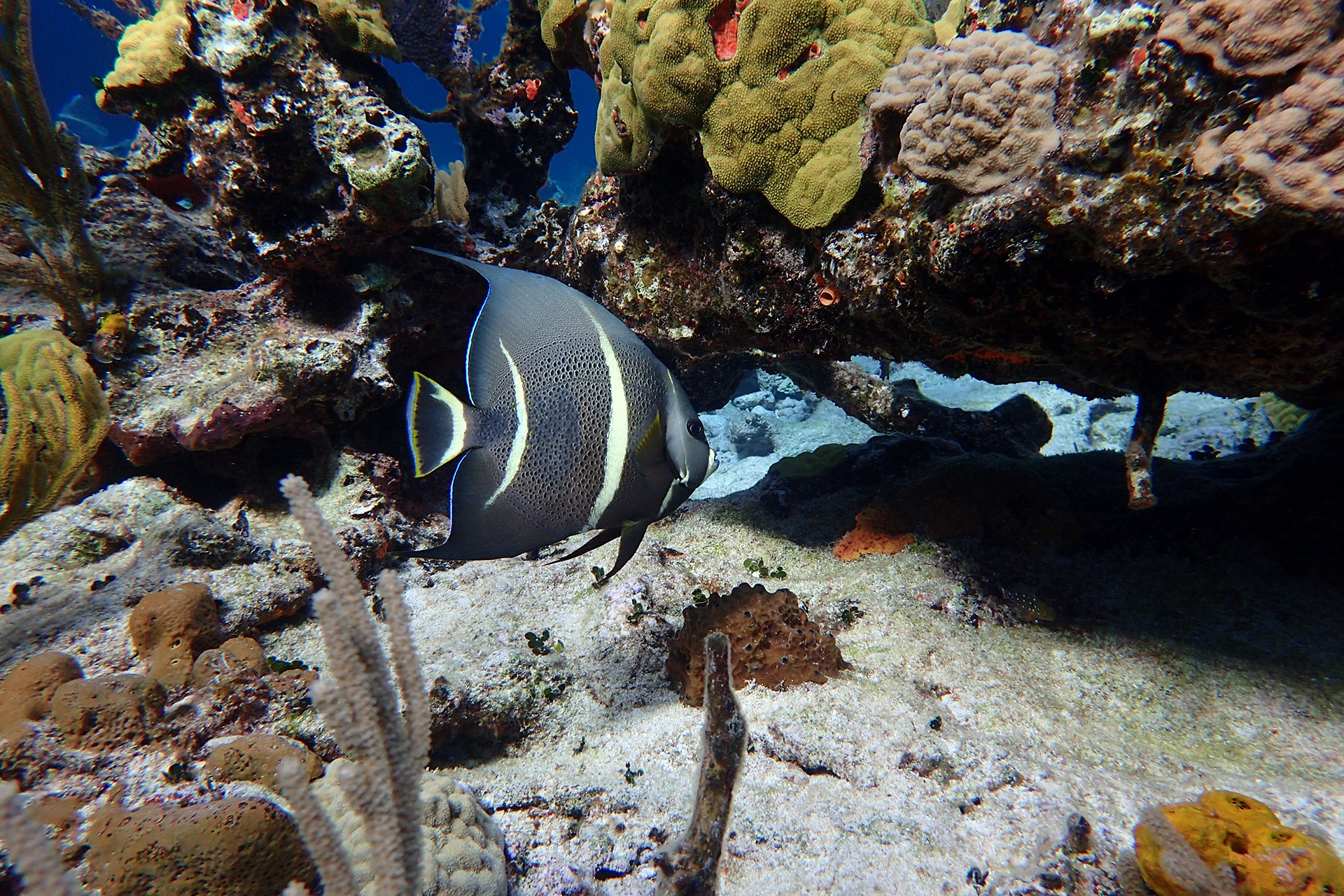

No holiday to the Bahamas would be complete without heading underwater to snorkel in some of the most pristine coral reefs in the world. Across the islands, you’ll discover schools of tropical fish, from dazzling angelfish to graceful parrotfish. Starfish Beach, located in the Exuma Cays plays host to an incredible population of colorful and diverse starfish. It’s shallow and tranquil waters make it an ideal habitat, and the perfect place to snorkel with these fascinating creatures. The most common species found here is the red cushion sea star, also known as the Bahamian starfish.
Up close encounters
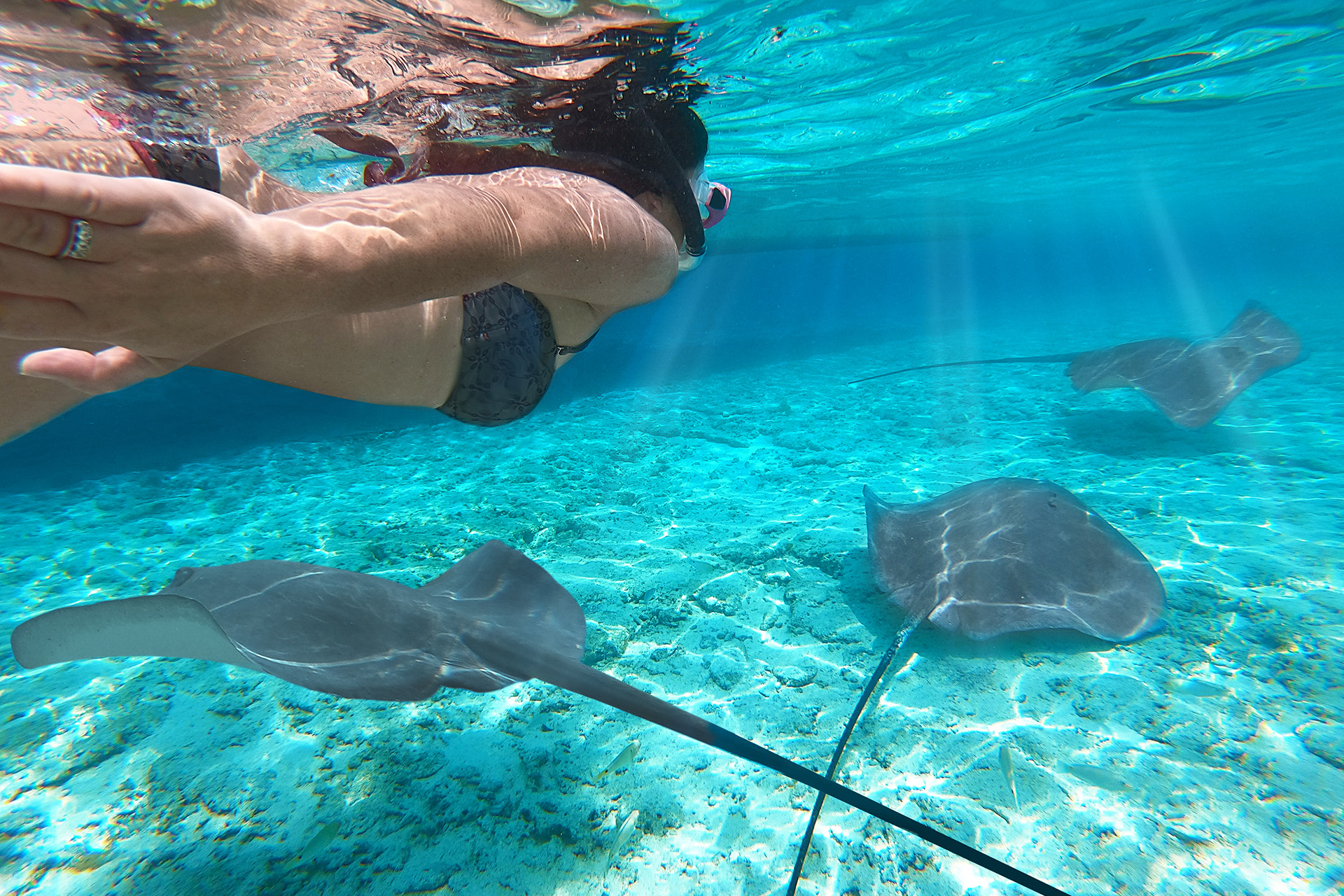
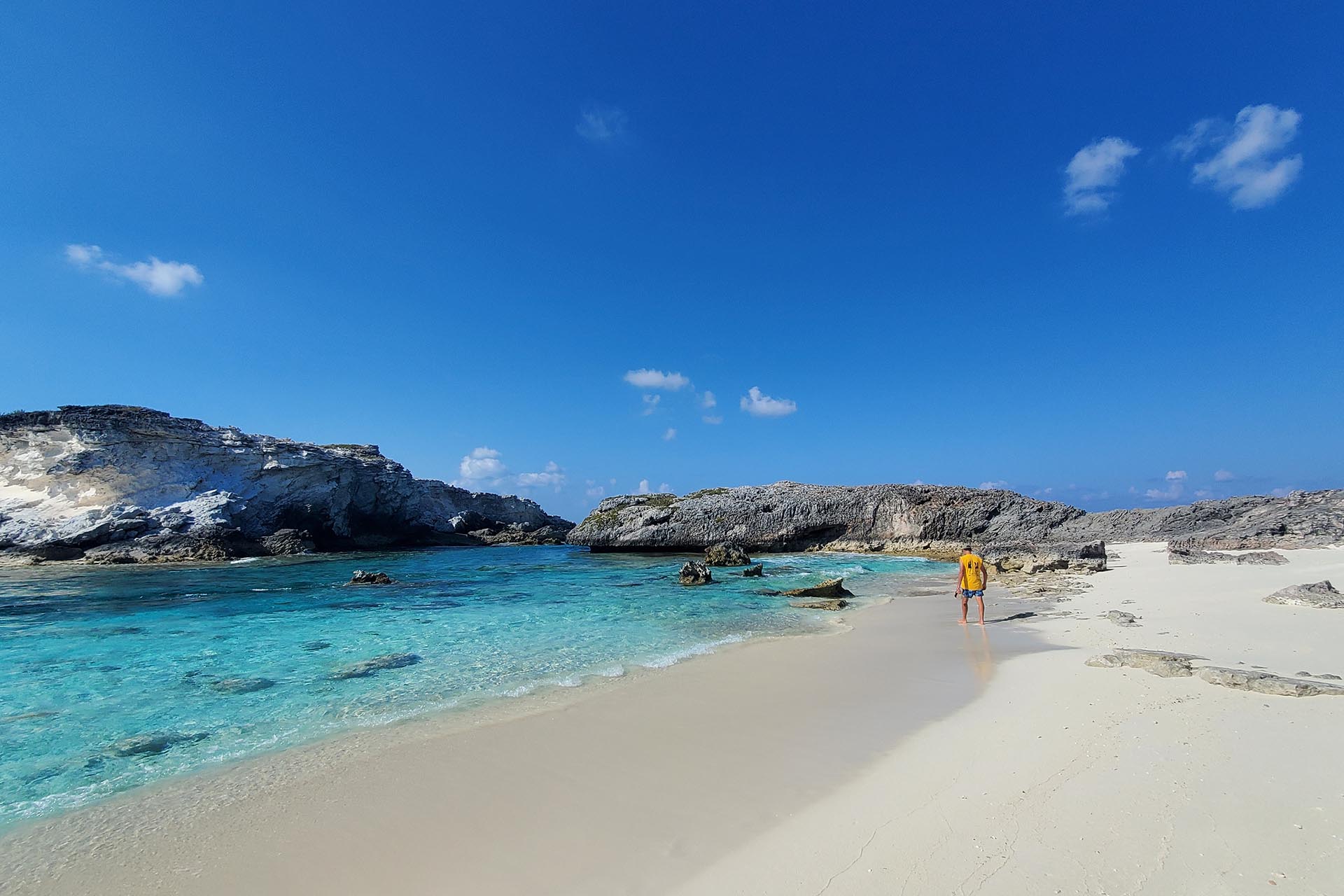
Head to Compass Cay to experience swimming with nurse sharks in transparent turquoise waters. Compass Cay serves as a sanctuary for these docile creatures, allowing visitors to approach and swim alongside them in a protected environment. Nurse sharks are known for their non-aggressive nature, providing an excellent opportunity for a safe and awe-inspiring wildlife experience. Stocking Island, situated near Great Exuma, is particularly famous for its population of friendly stingrays. Here, visitors can wade into the shallow waters and interact with these gentle rays. The southern stingrays, accustomed to human presence, often glide gracefully around the area, offering a remarkable chance for observation and even gentle touch. Guided tours and educational programs ensure that these interactions prioritize the well-being of both the stingrays and visitors, contributing to a responsible and sustainable wildlife experience in the Bahamas.
Bahamas Wildlife on Land
Although the Bahamas may be best known for it’s underwater wildlife delights, there’s no shortage of fascinating creatures to discover on land. Our sailing holidays in the Bahamas allow guests to experience as many locations as possible, island hopping each day.
The iconic swimming pigs of the Bahamas
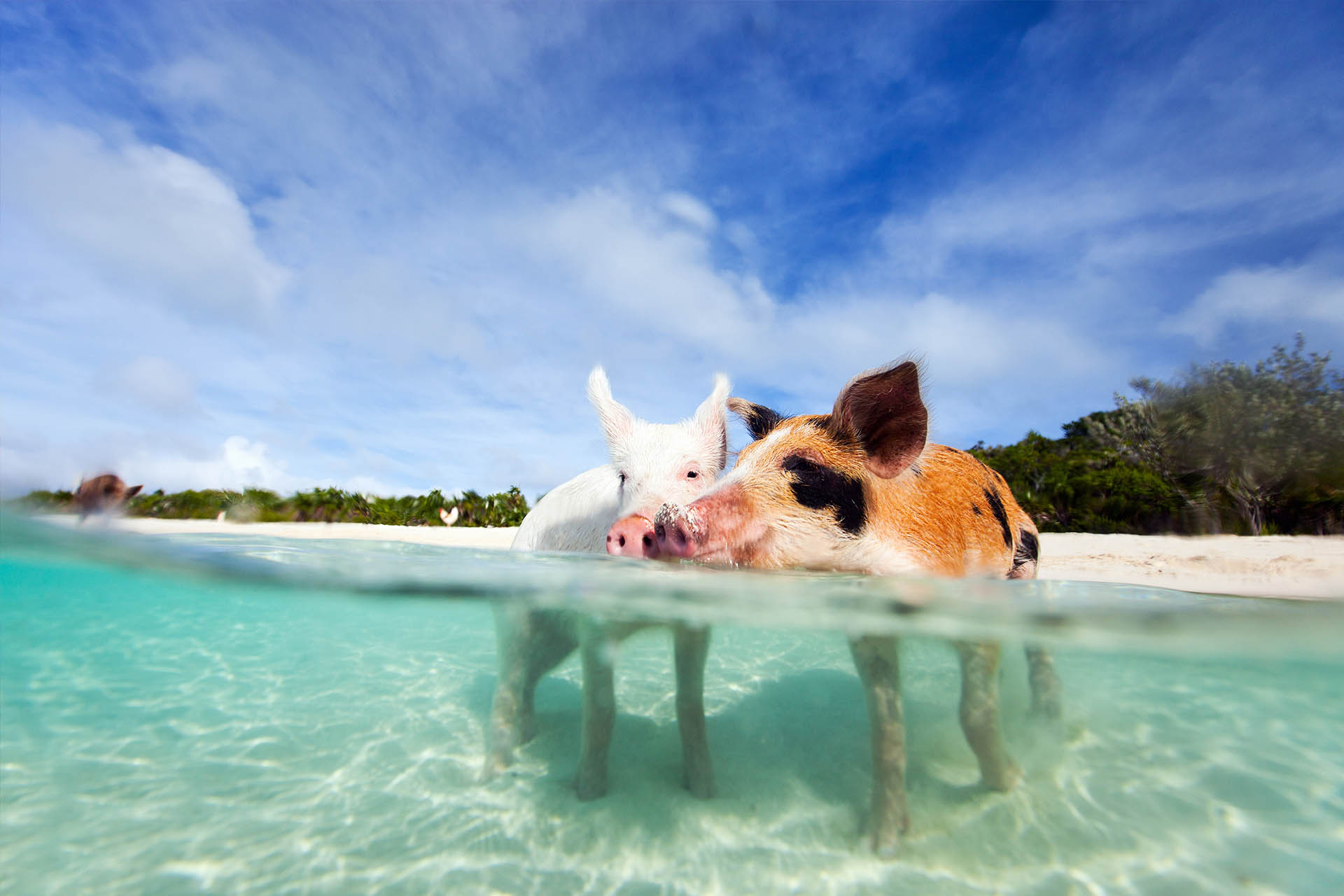
Perhaps the best known Bahamas wildlife is that of the iconic swimming pigs. Big Major Cay, also known as Pig Beach, hosts a colony of friendly pigs that have become one of the iconic attractions of the Exumas. While it is rumored that passing sailors or even pirates left the pigs, it is not in fact known how they came to live here. These happy swimmers share the crystal waters with visitors, with the island’s sheltered location providing them a safe haven. Take a few pieces of fruit along and you’ll have friends for life!
Endangered species and conservation efforts
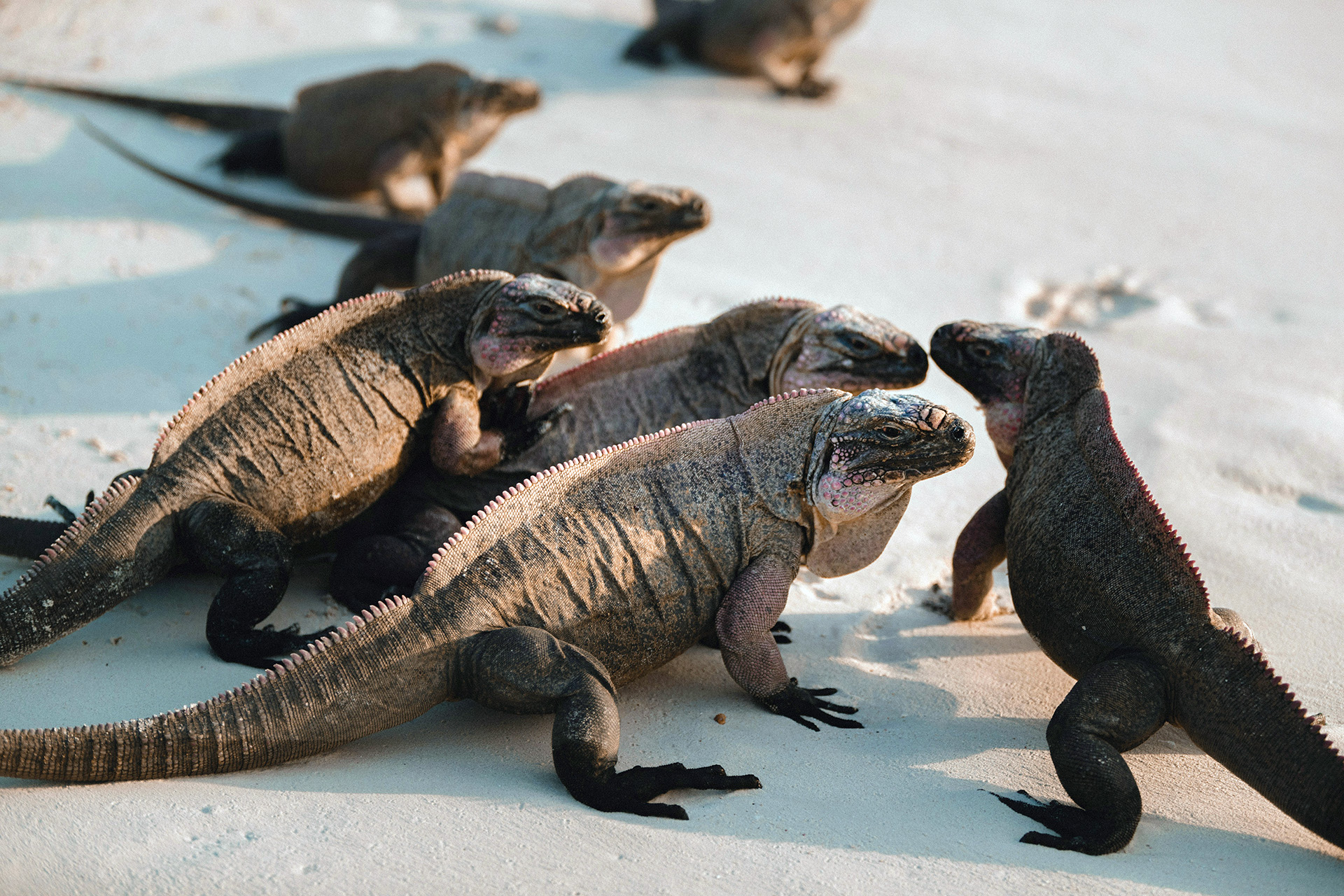
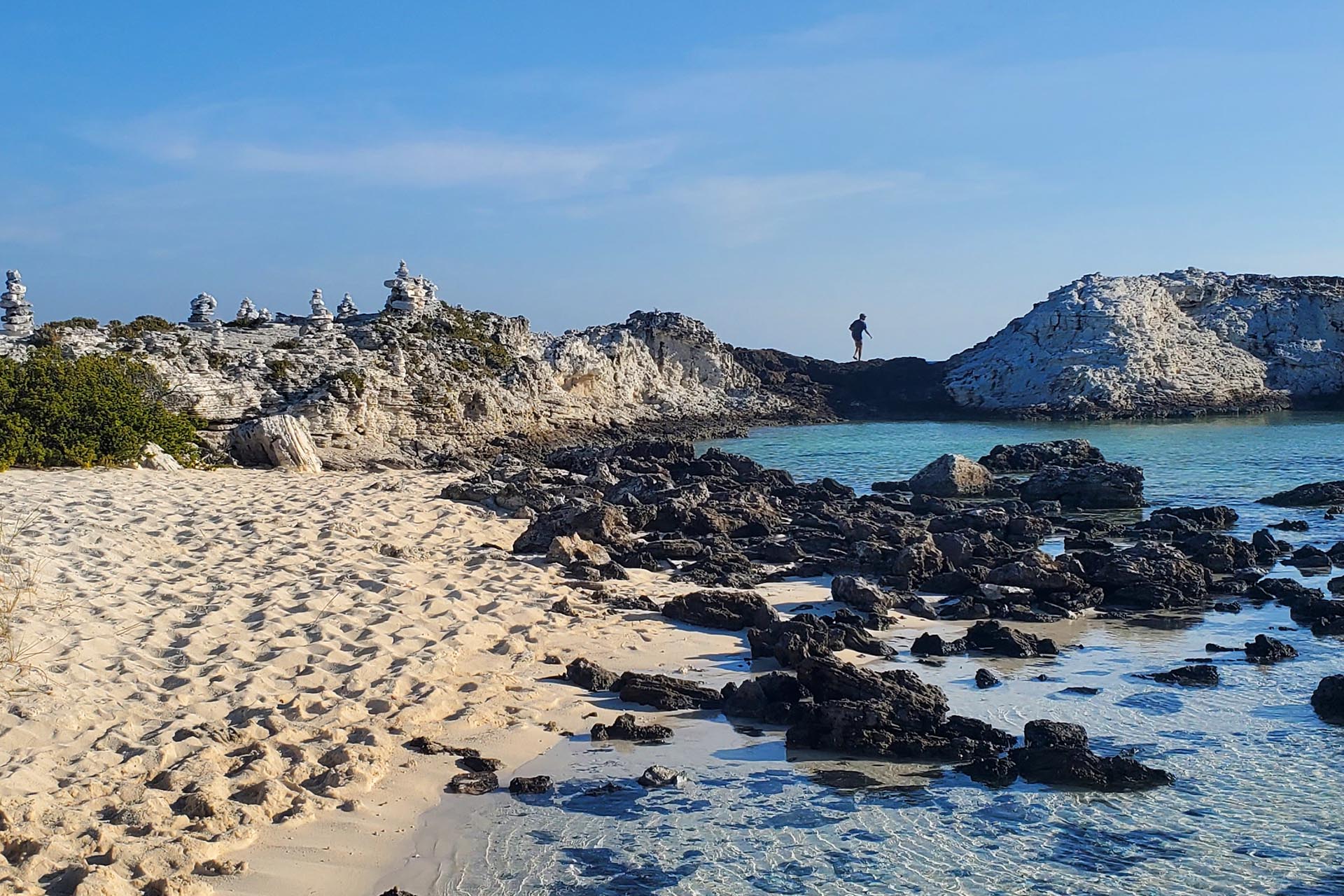
Bitter Guana Cay, situated in the Exuma Cays of the Bahamas, is home to a population of endangered and protected rock iguanas. These iguanas have earned protected status due to their vulnerable population. Known for their unique appearance, these rock iguanas exhibit a rough, textured skin, and varying shades of gray, brown, or green scales, enabling effective camouflage in their rocky surroundings. Conservation efforts, such as habitat restoration and monitoring programs, aim to safeguard the population of these rock iguanas on Bitter Guana Cay.
A haven for tropical birds
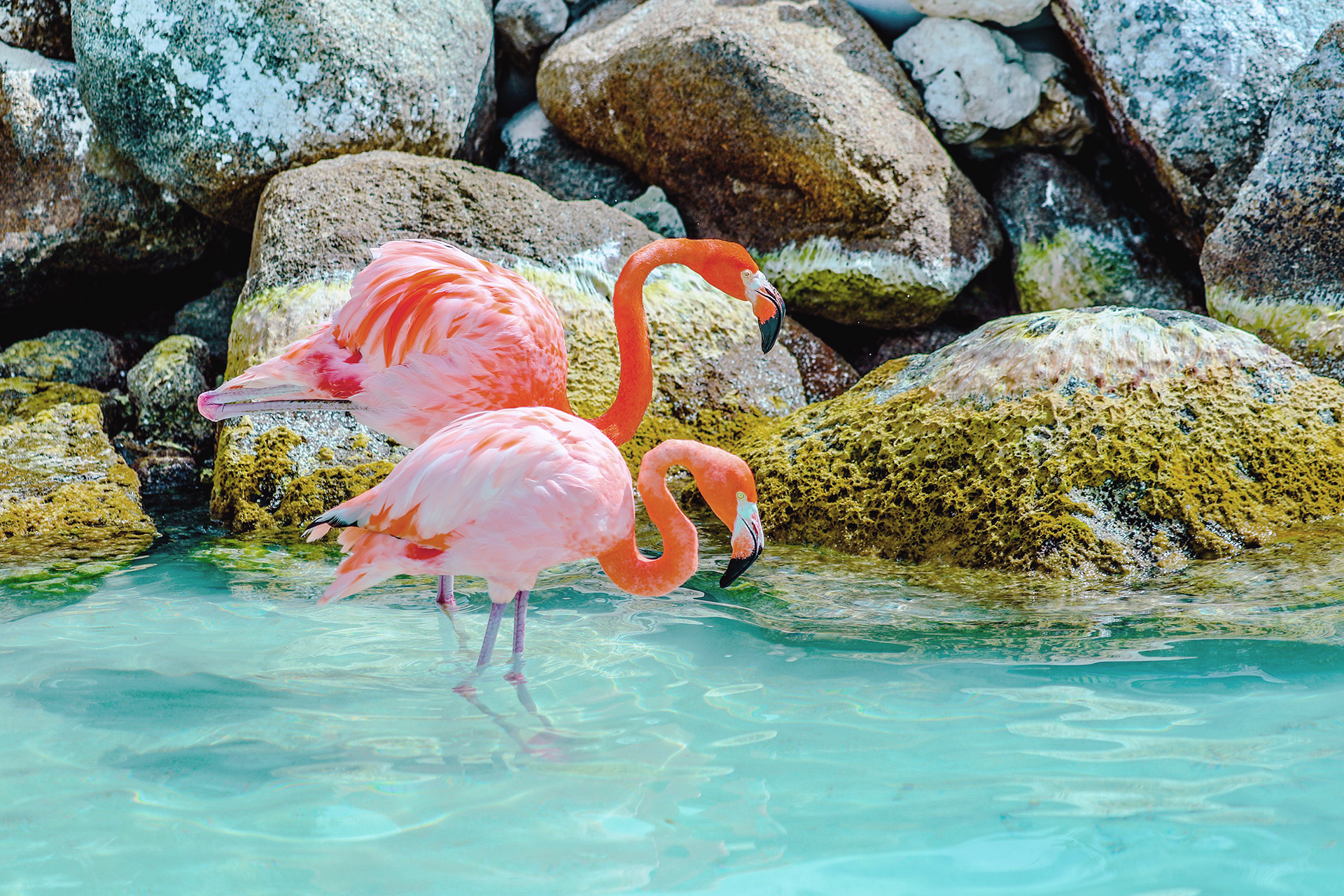
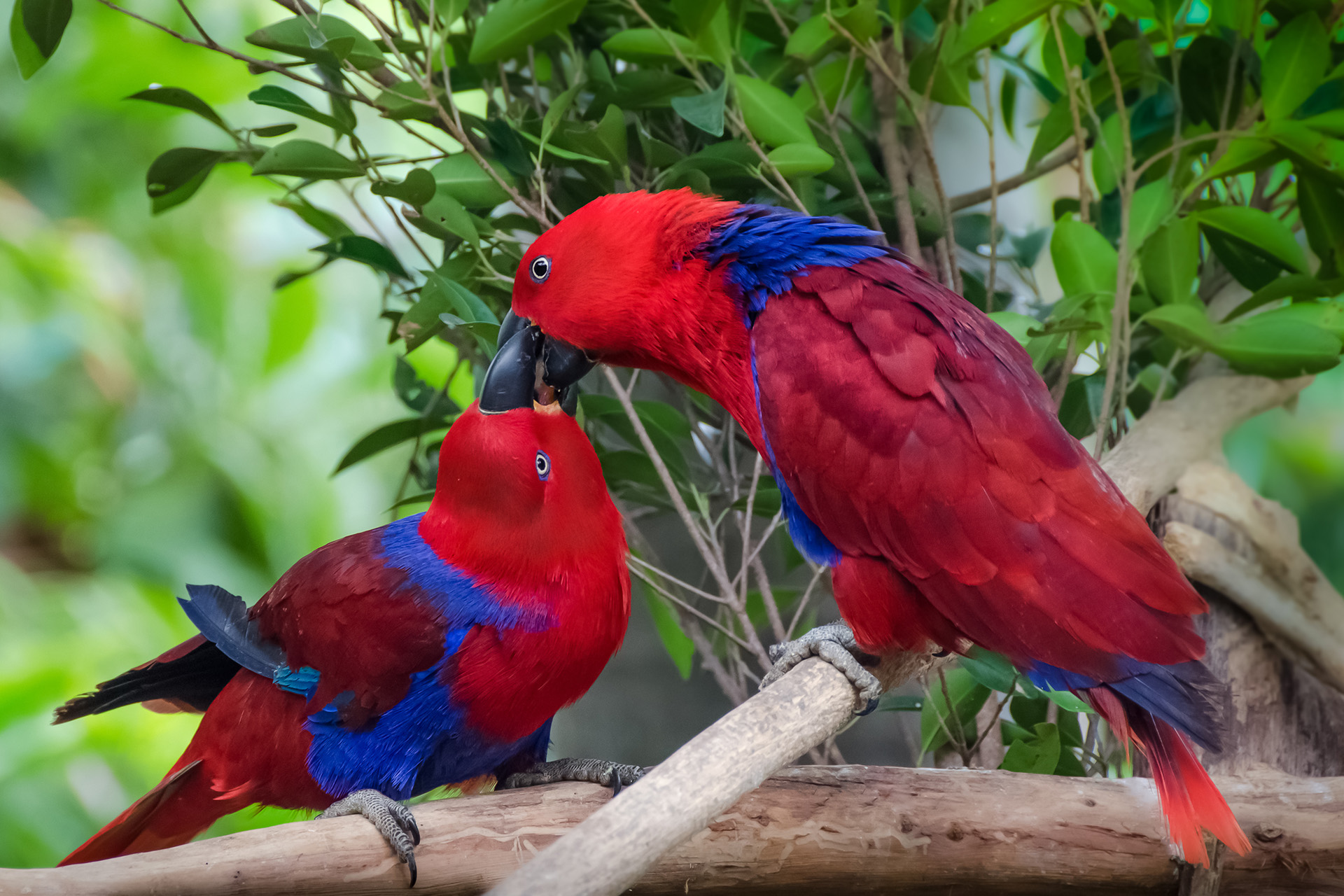
The Abaco Islands, nestled in the northern Bahamas, boast a rich and diverse array of exotic birdlife, making them a haven for birdwatchers and nature enthusiasts. This archipelago is home to various bird species, including the striking Bahama Parrot, which exhibits vibrant colors and is often spotted in the pine forests of Abaco. In the Great Inagua Island, the national bird of the Bahamas, the Caribbean Flamingo, is sure to delight on a visit to the Inagua National Park.
Bahamas Wildlife Sailing Holidays
With such a variety of diverse species on land and underwater, the Bahamas is one of our top destinations for a wildlife sailing holiday. If you’d like to experience the rich marine life, remote islands with wondrous forest and mangrove lined creeks, join our traditional schooner Bonnie Lynn for a Bahamas wildlife holiday like no other.

